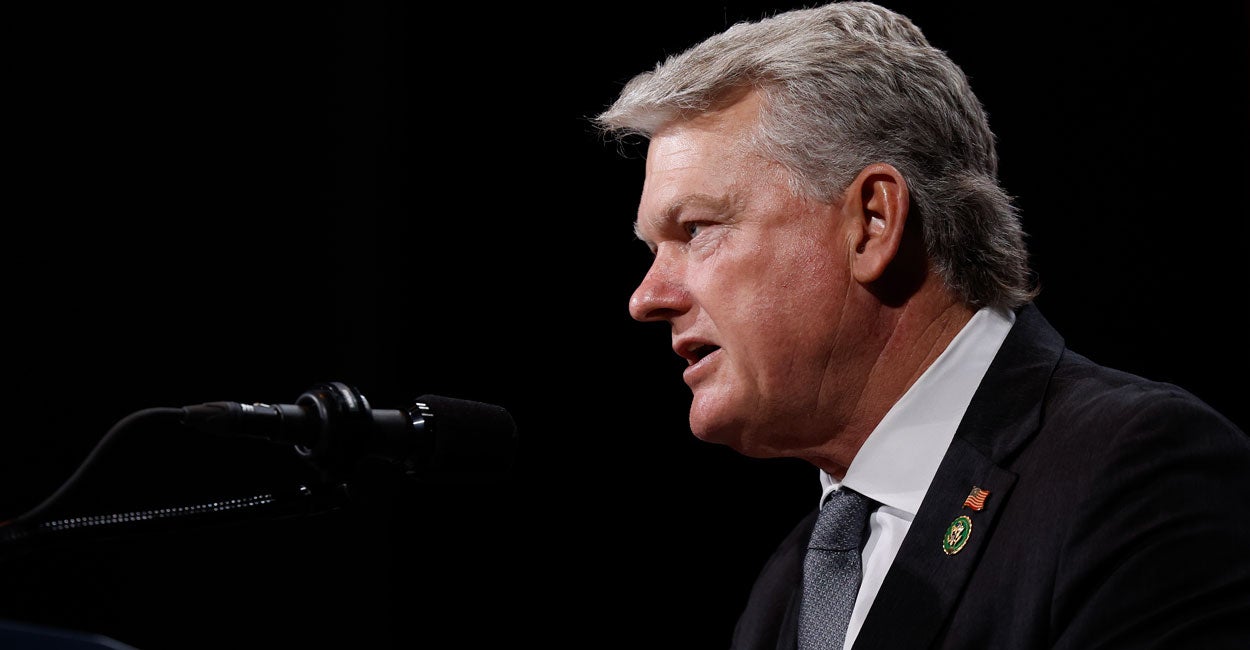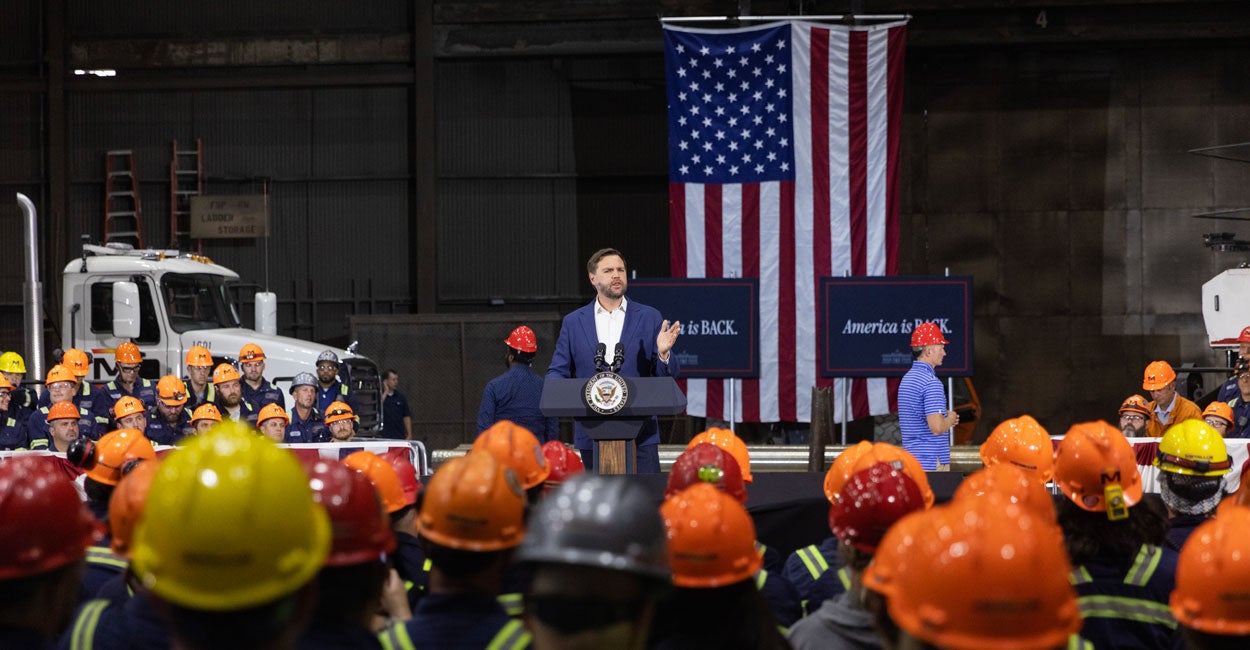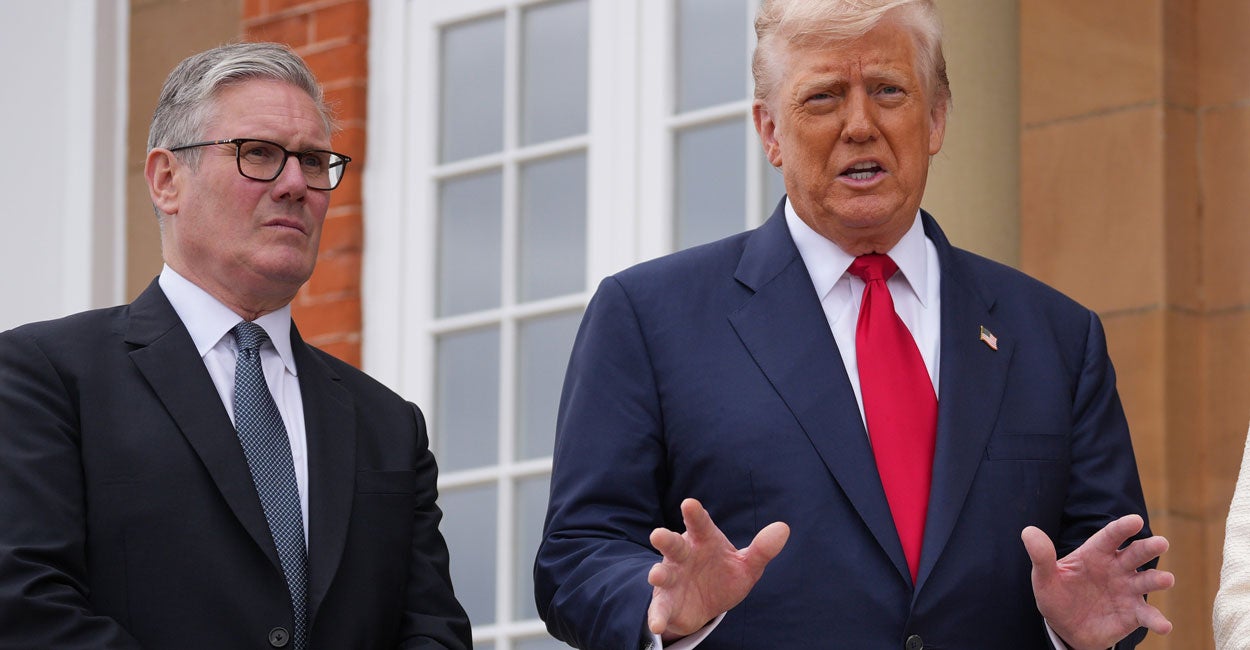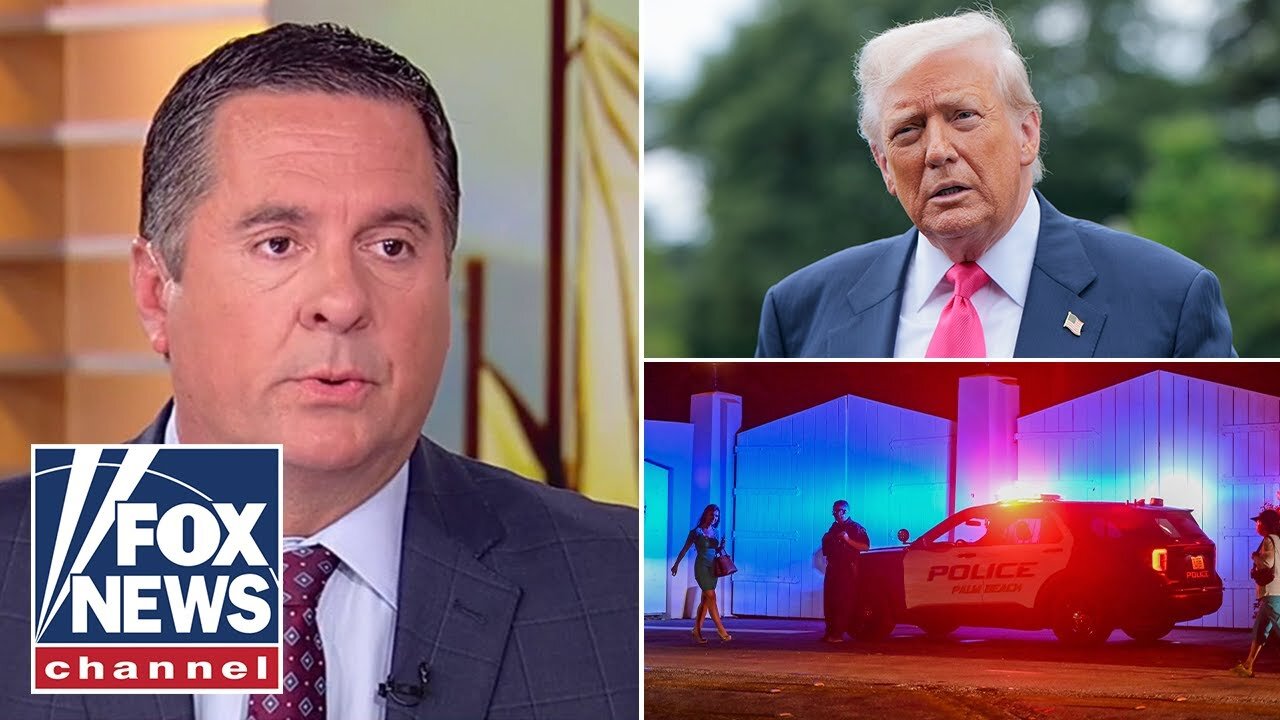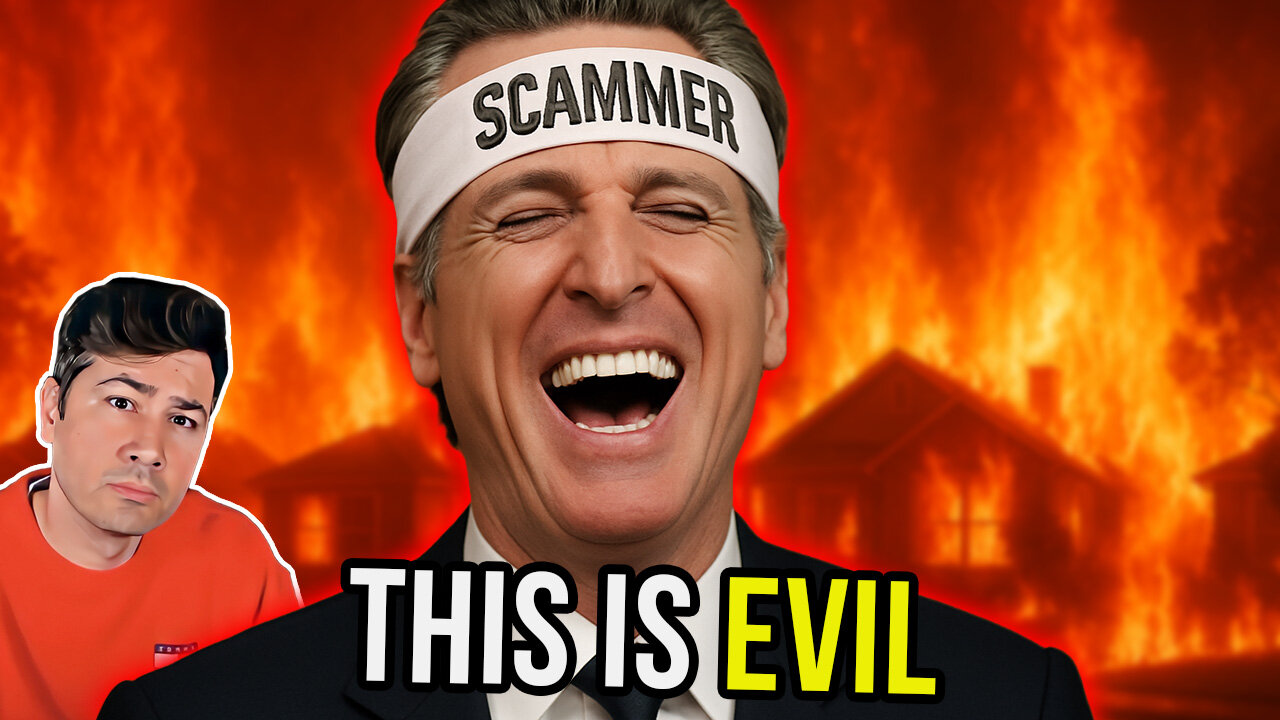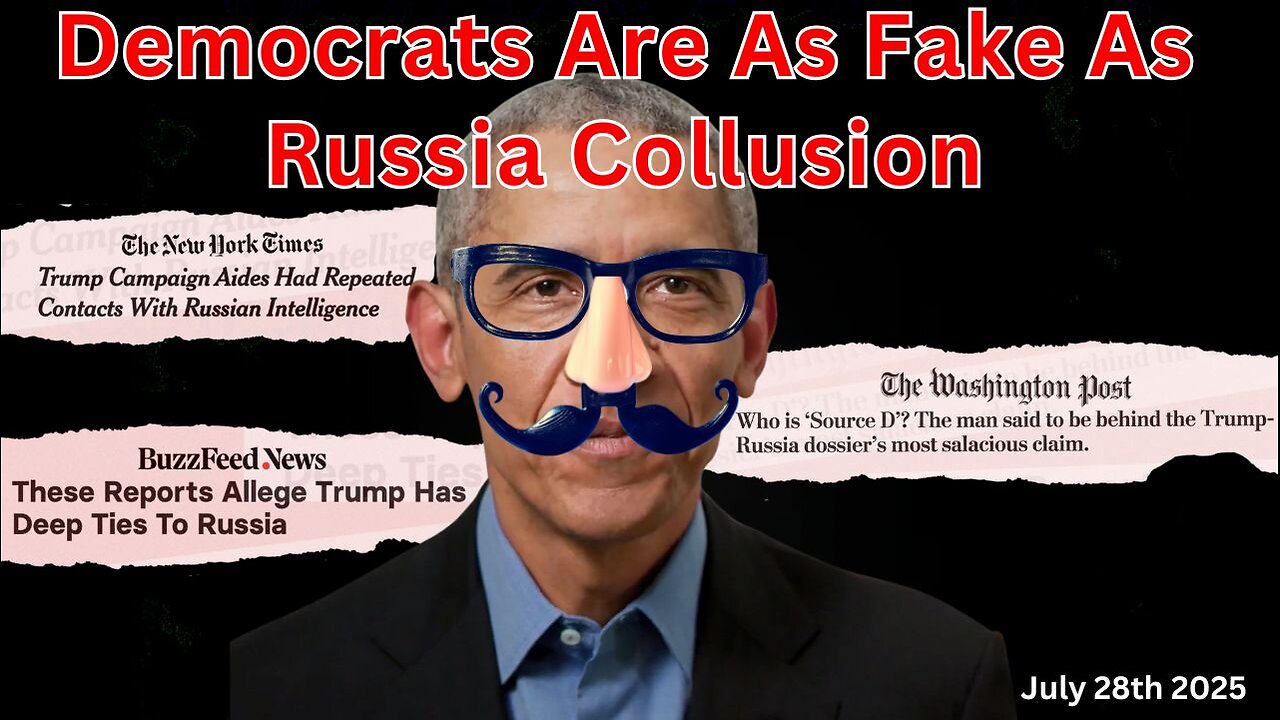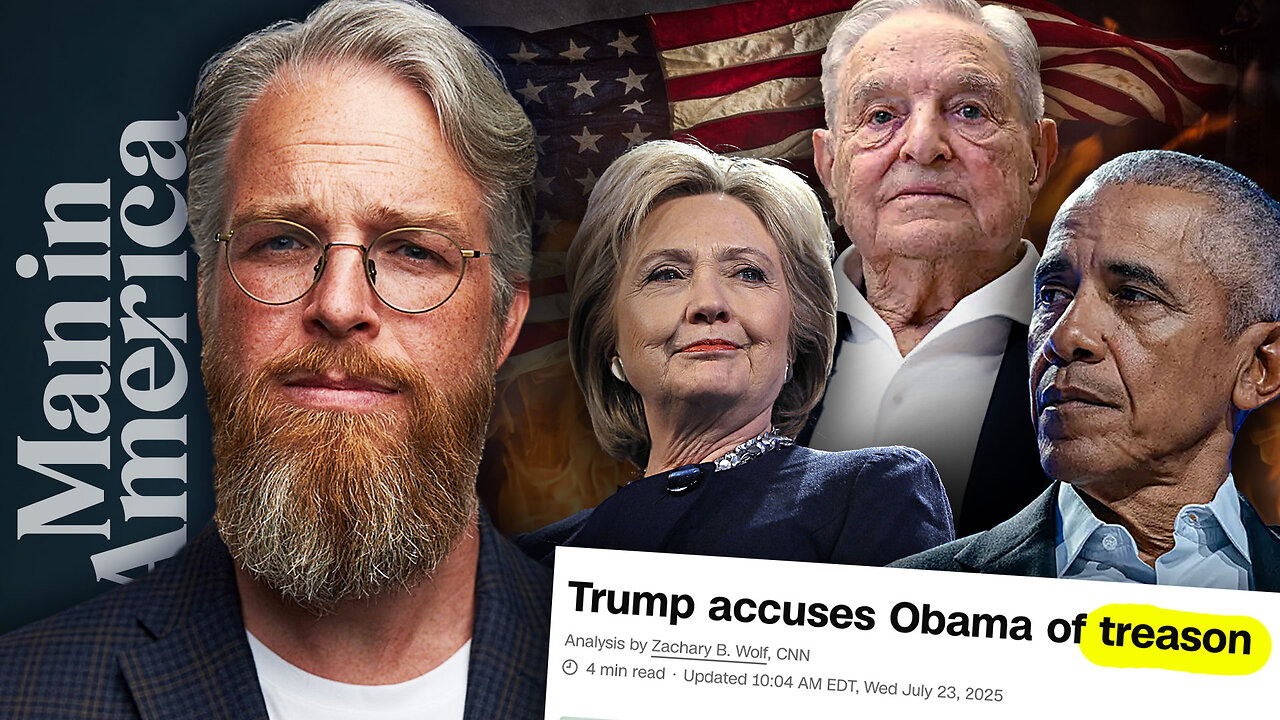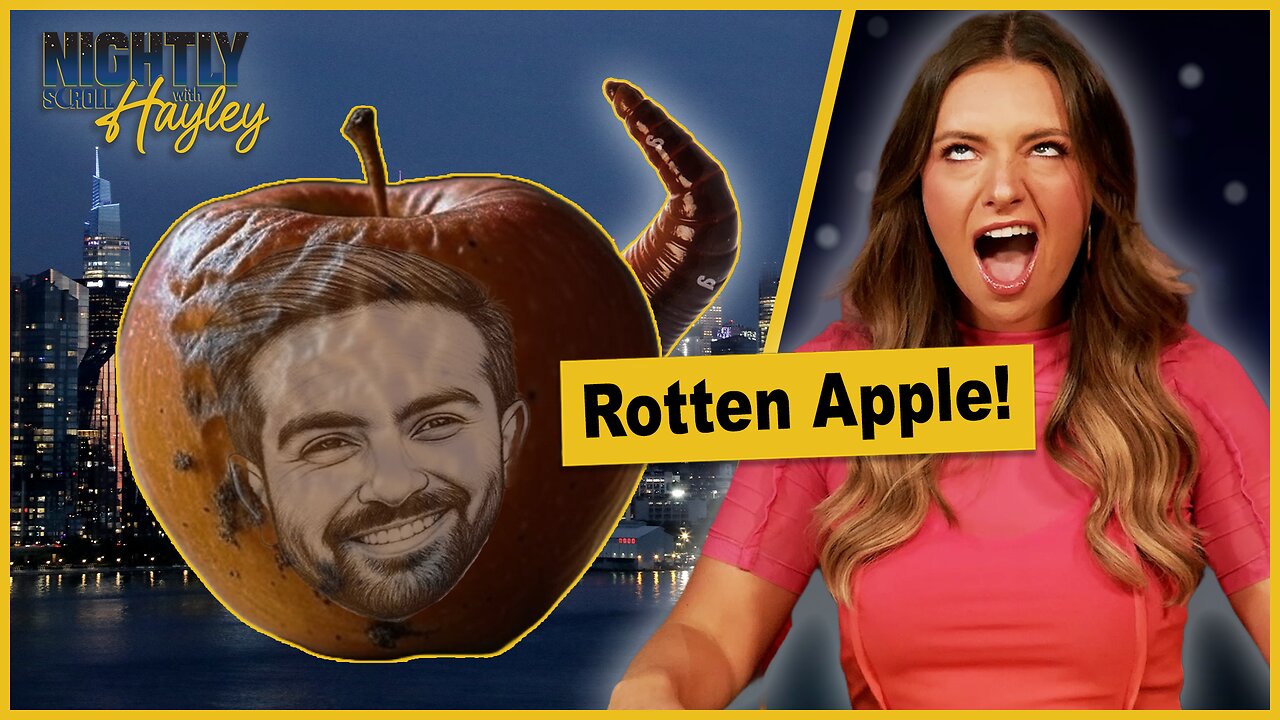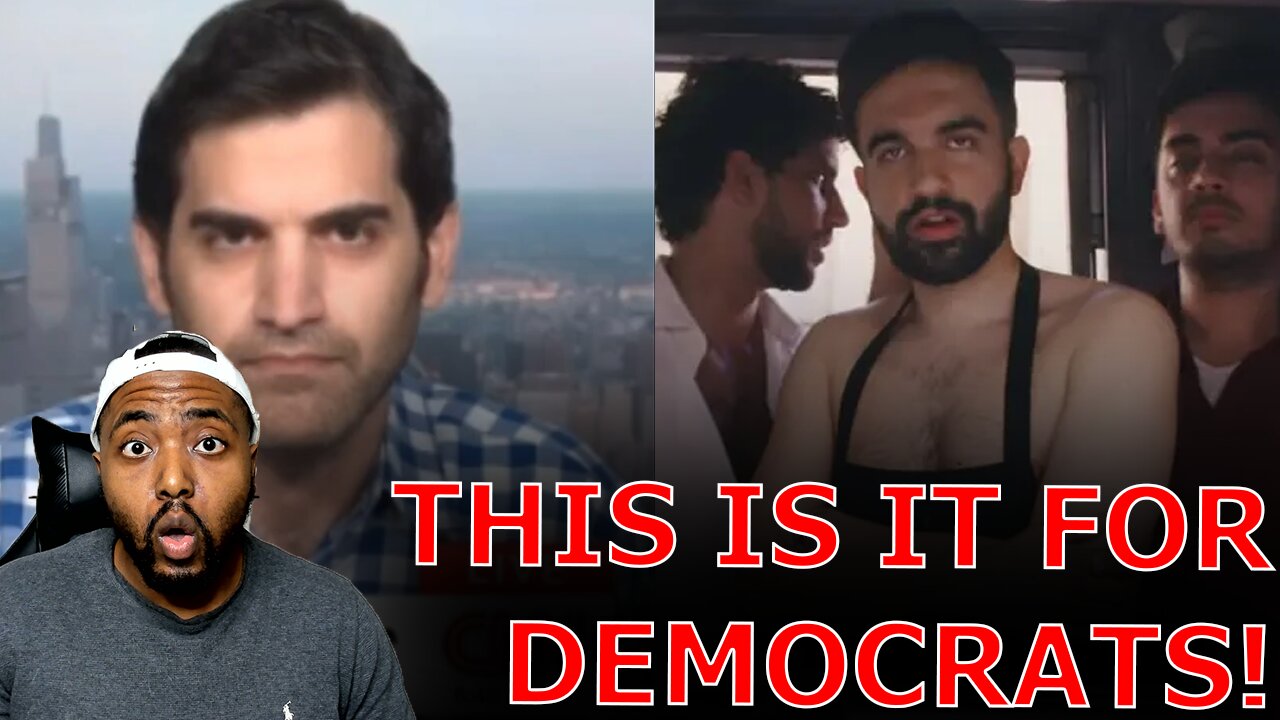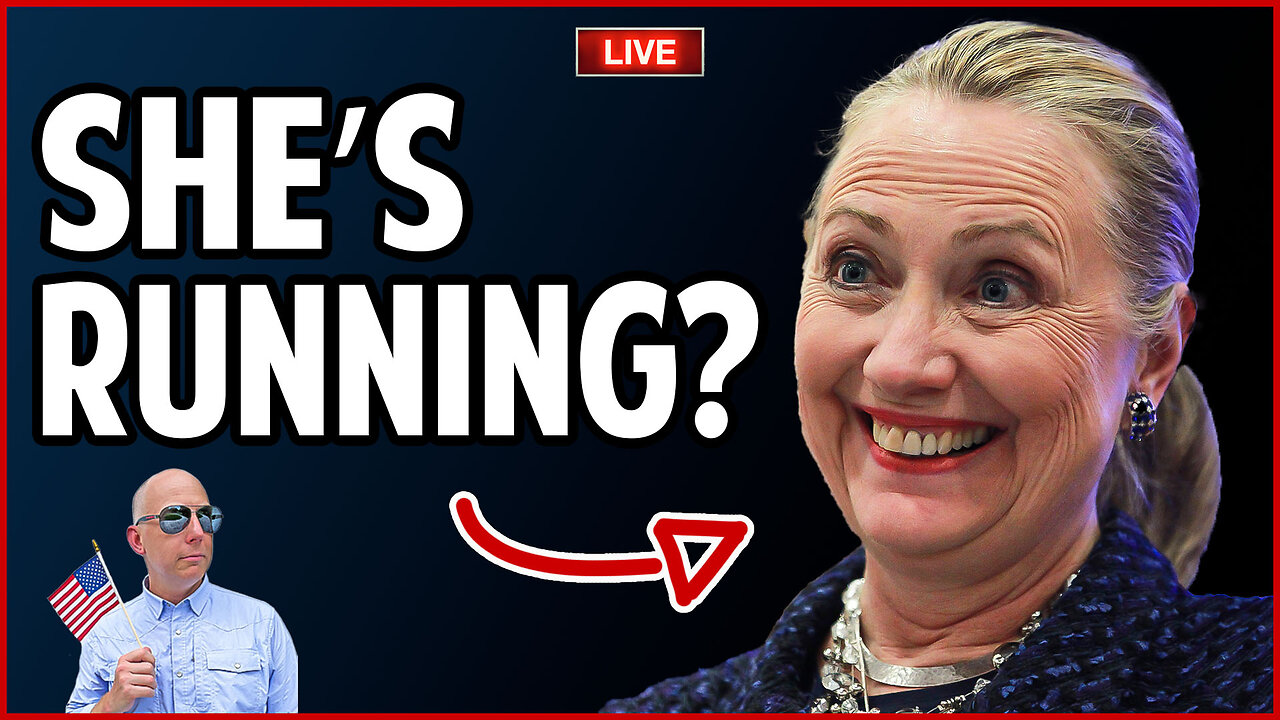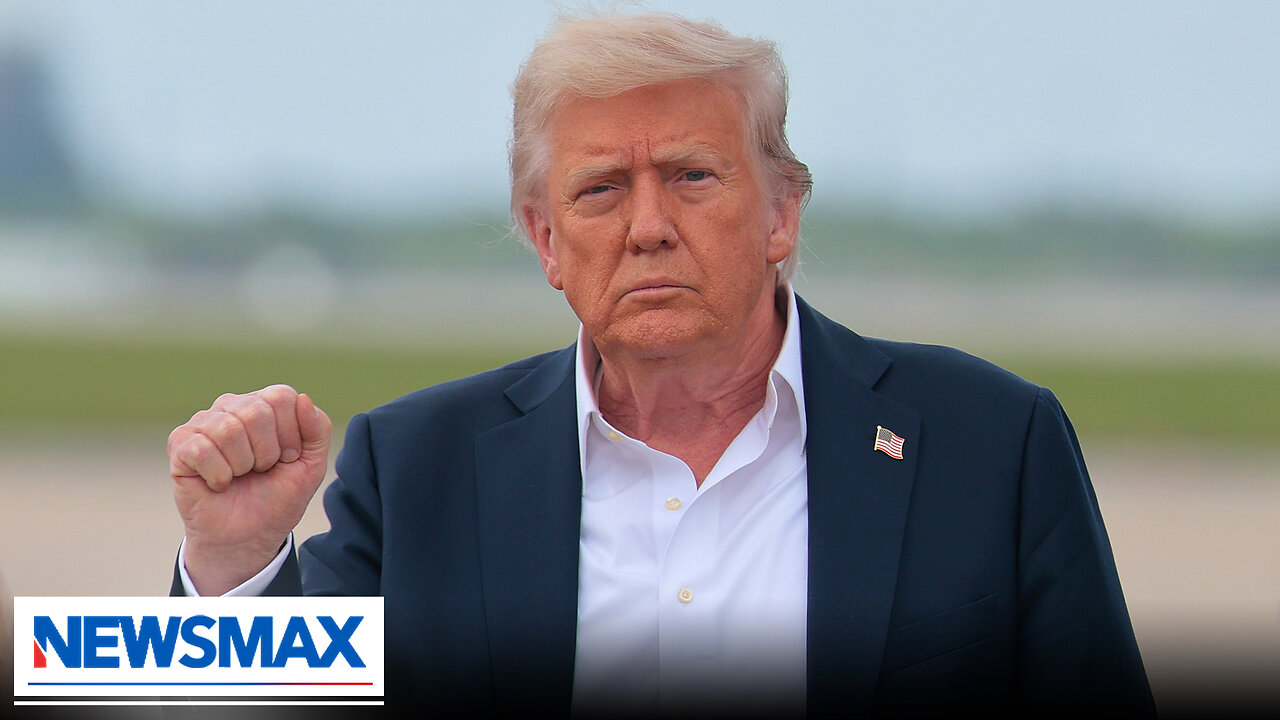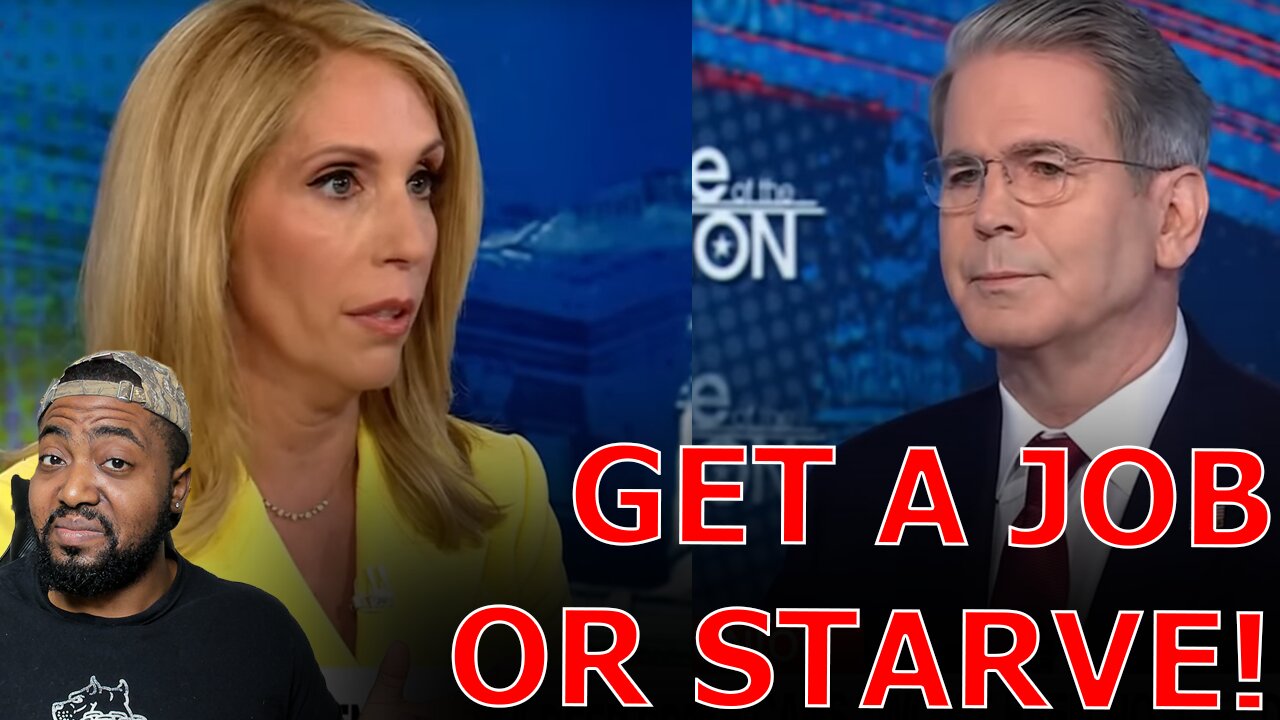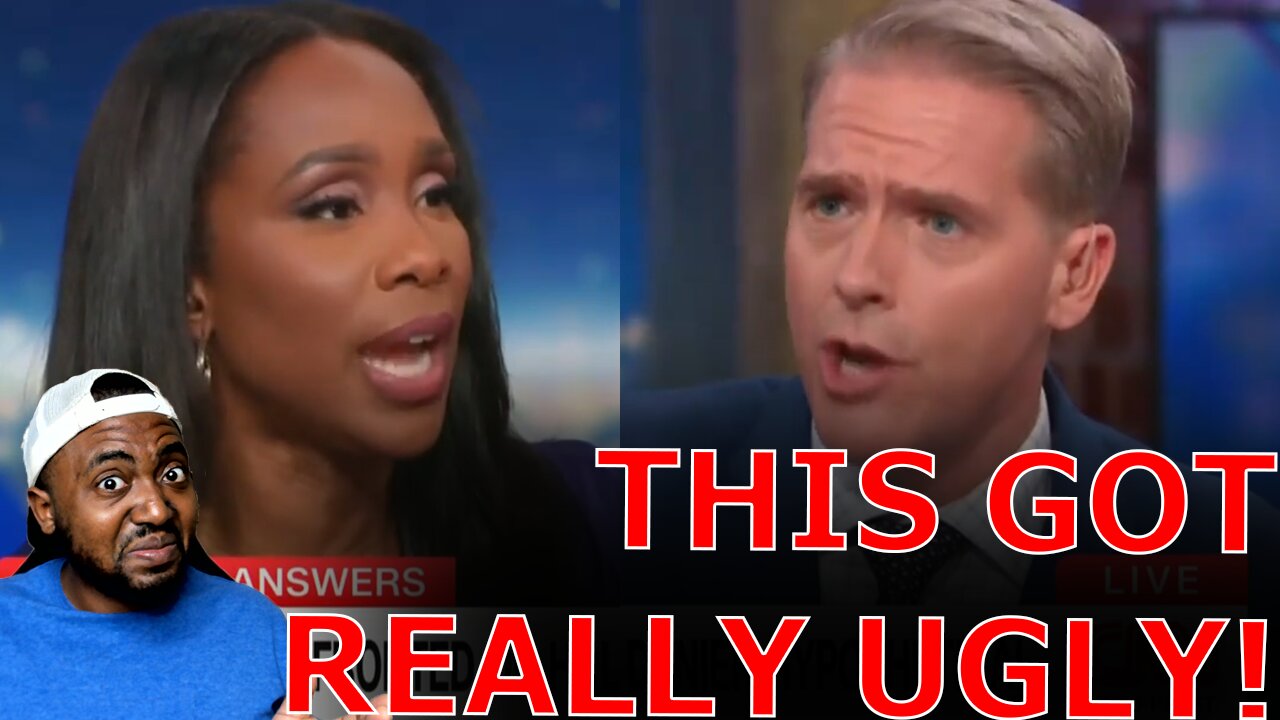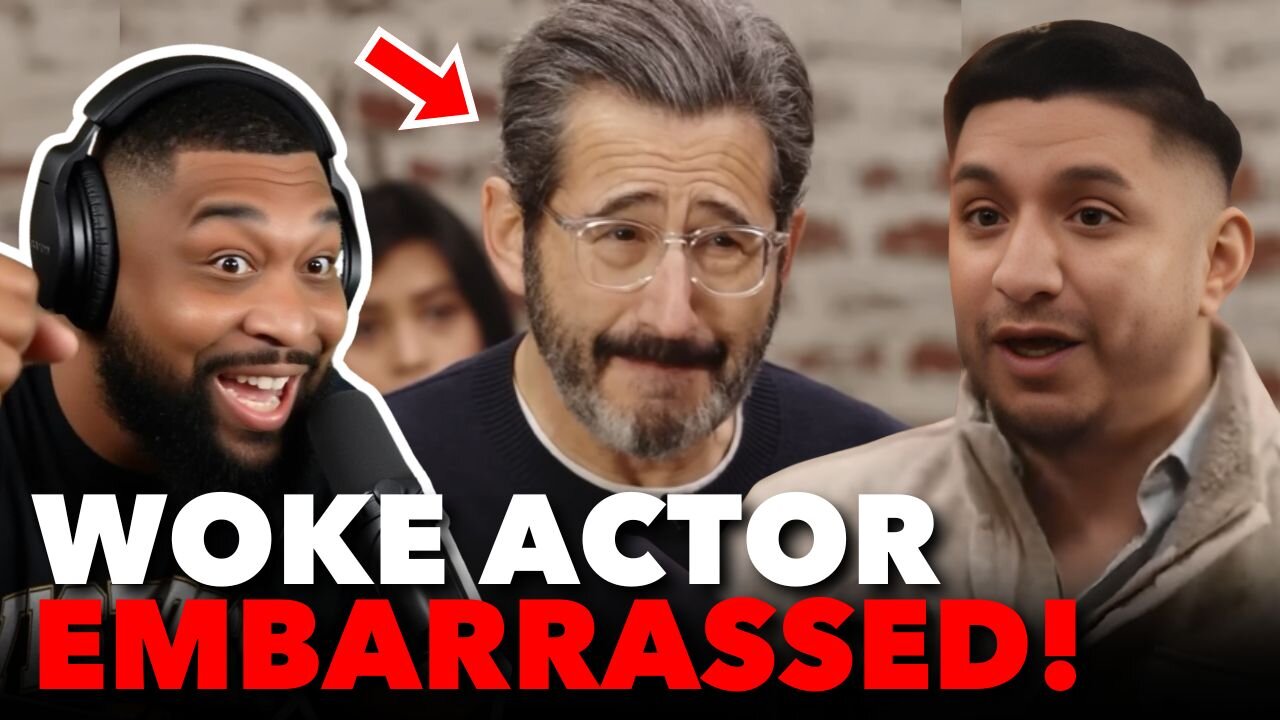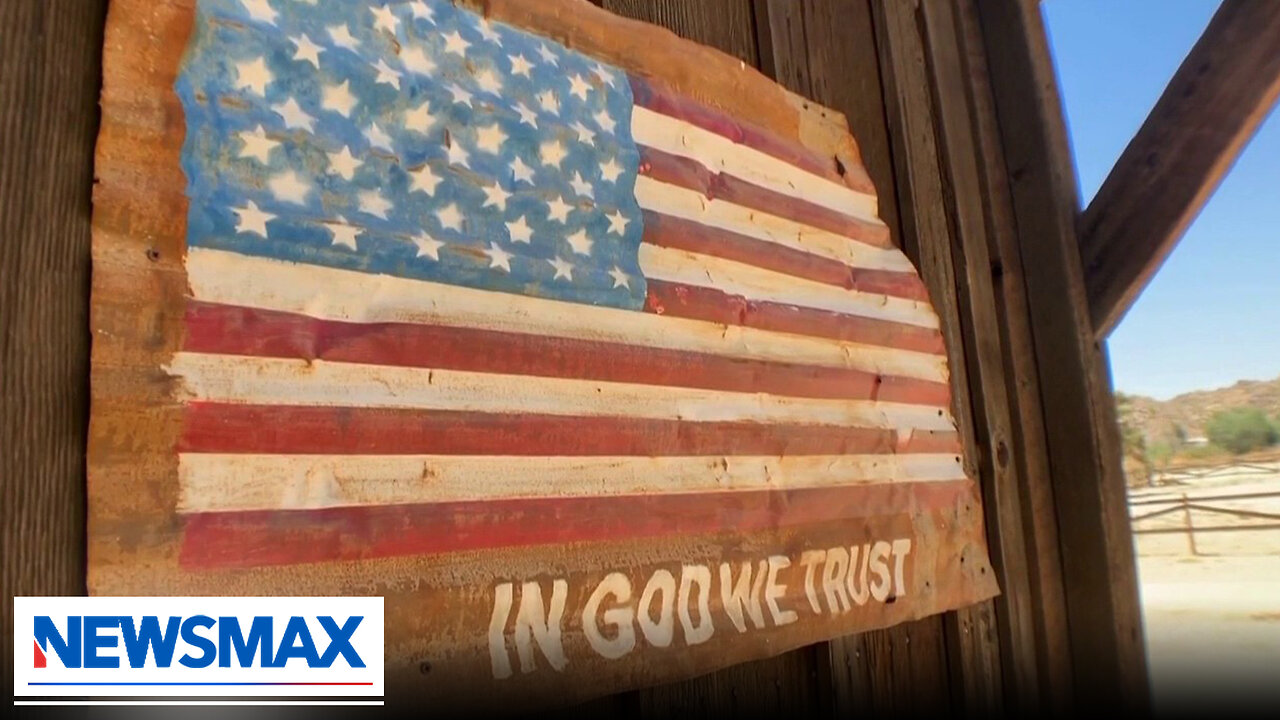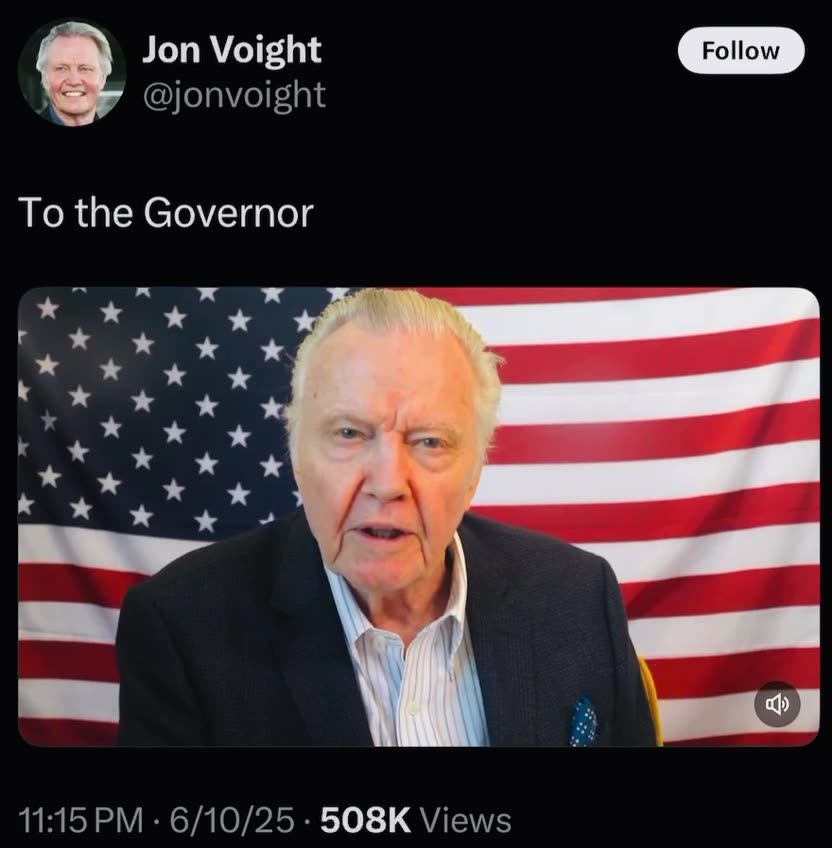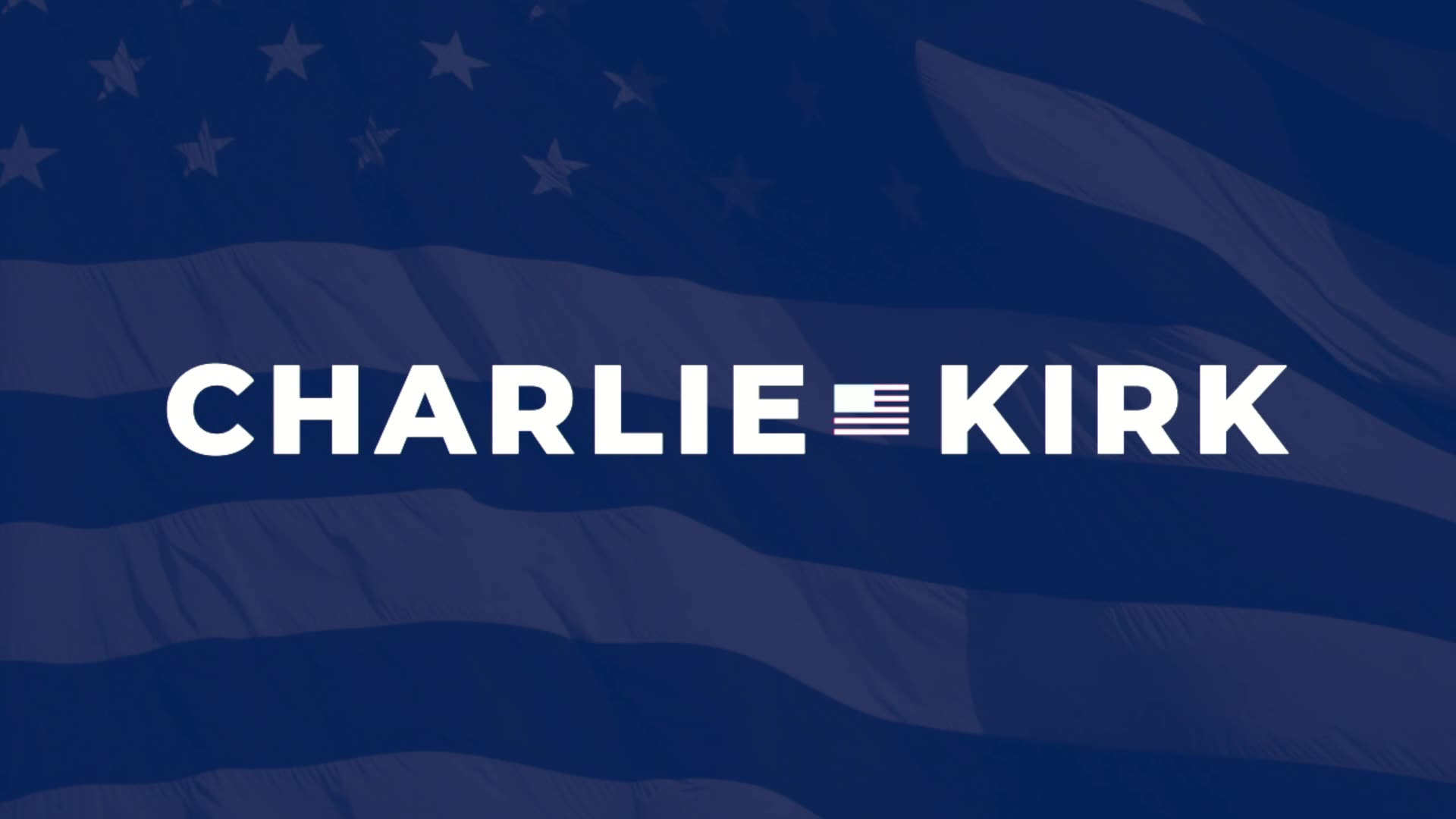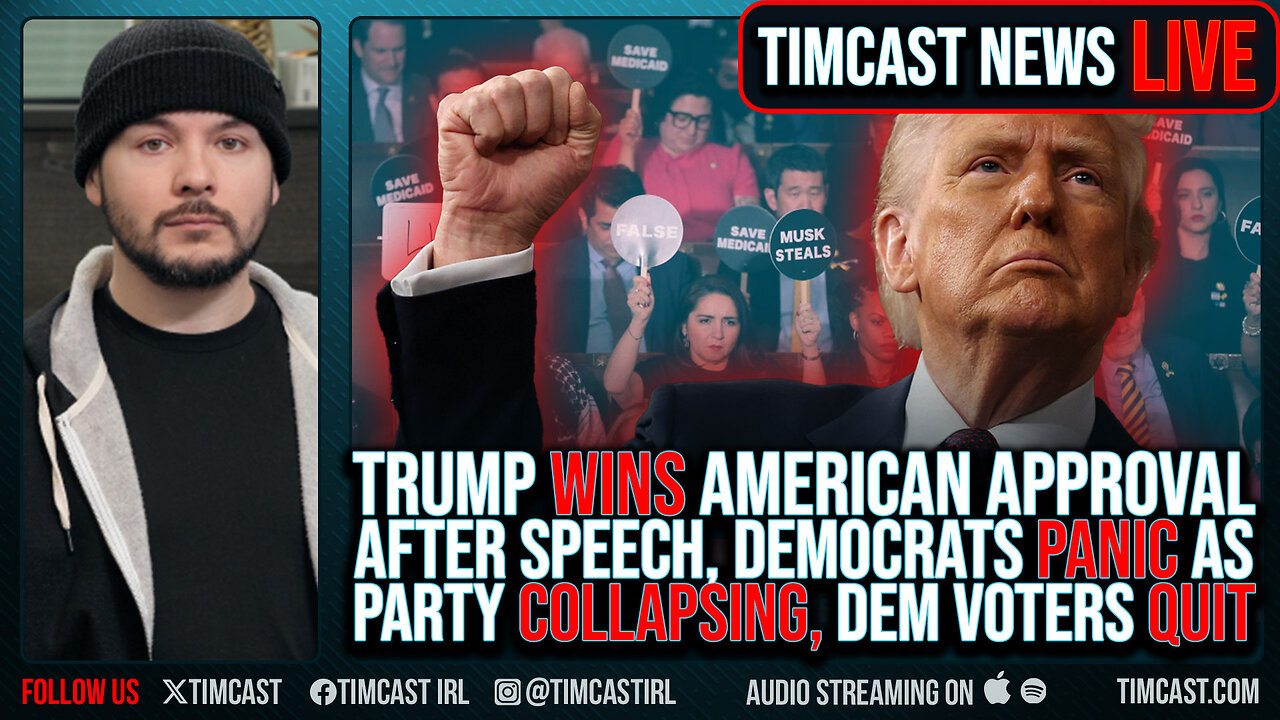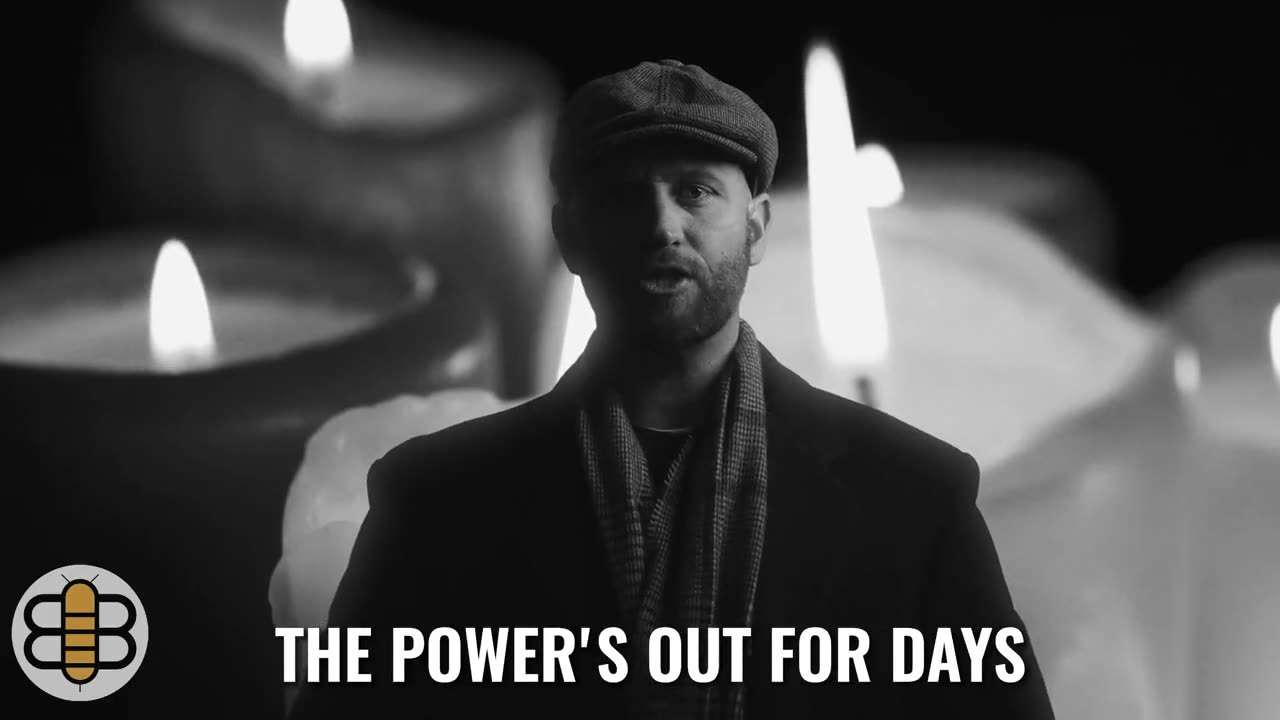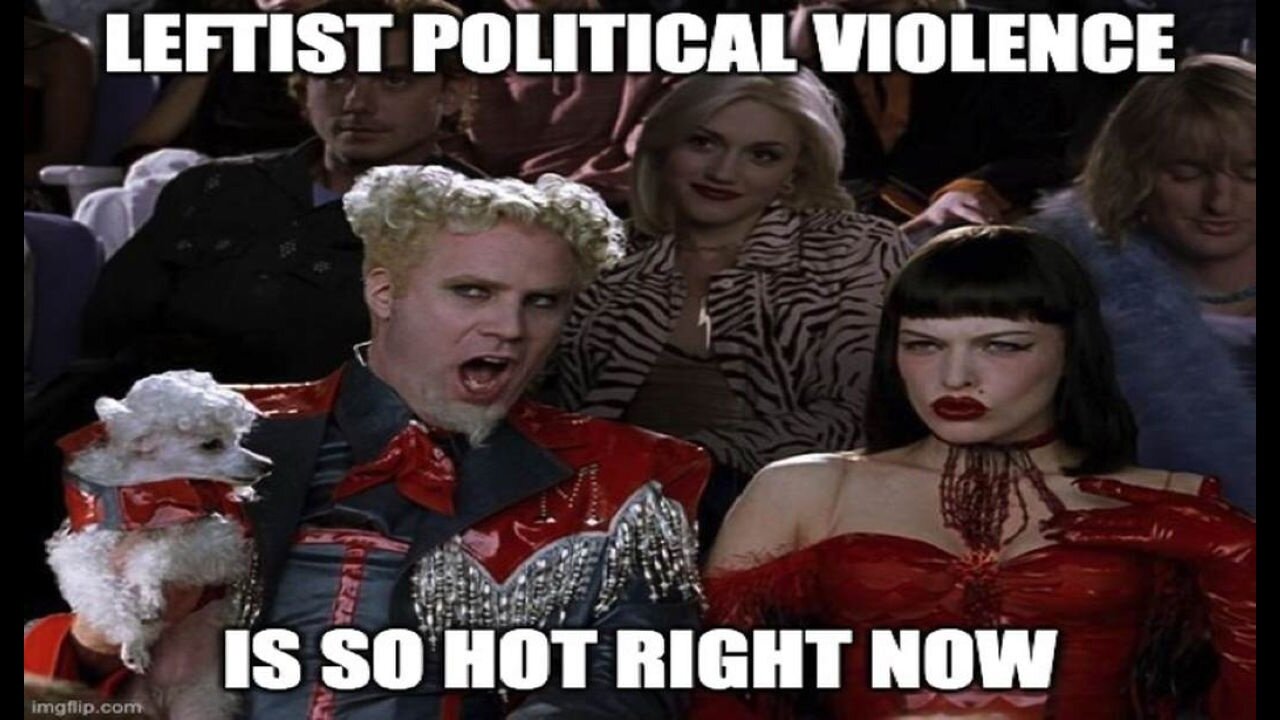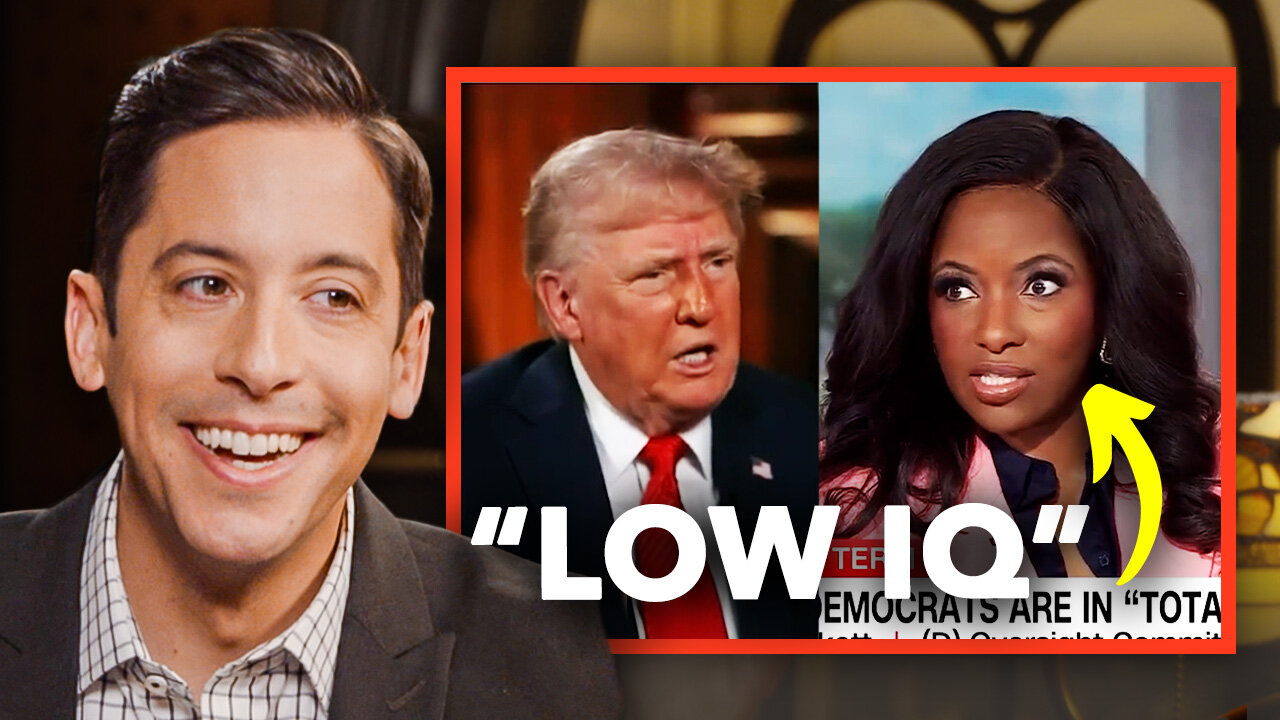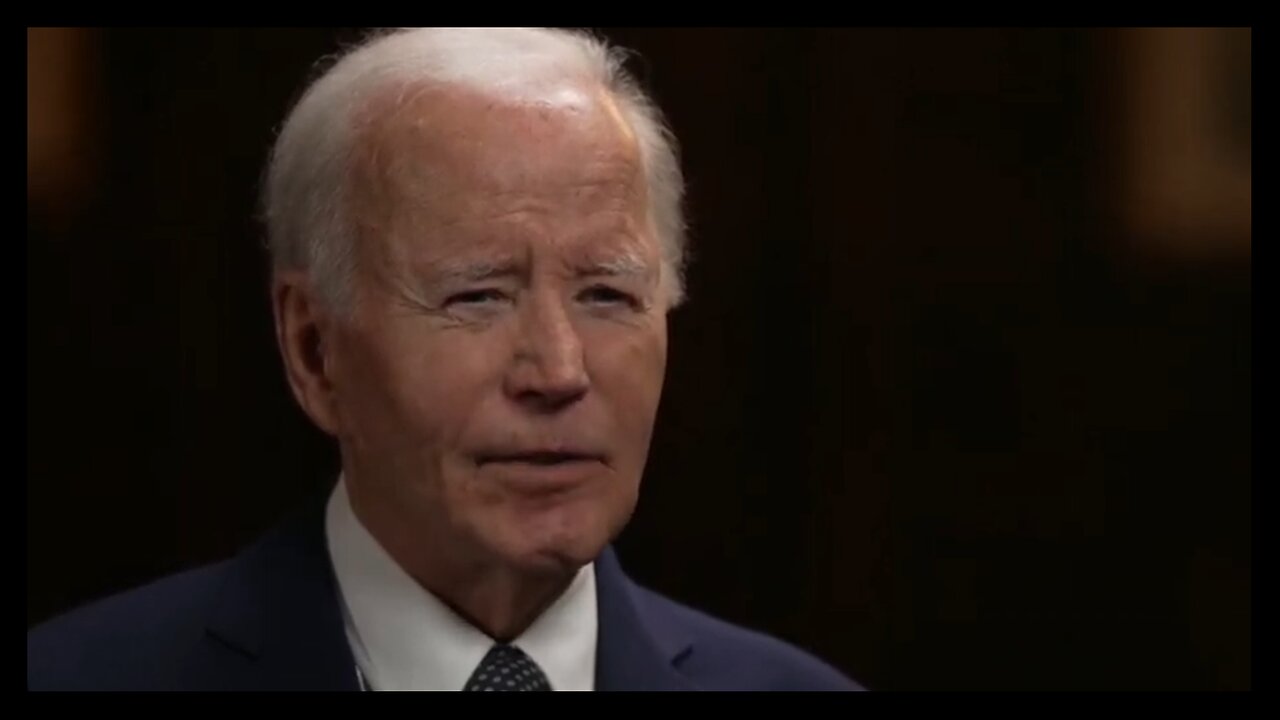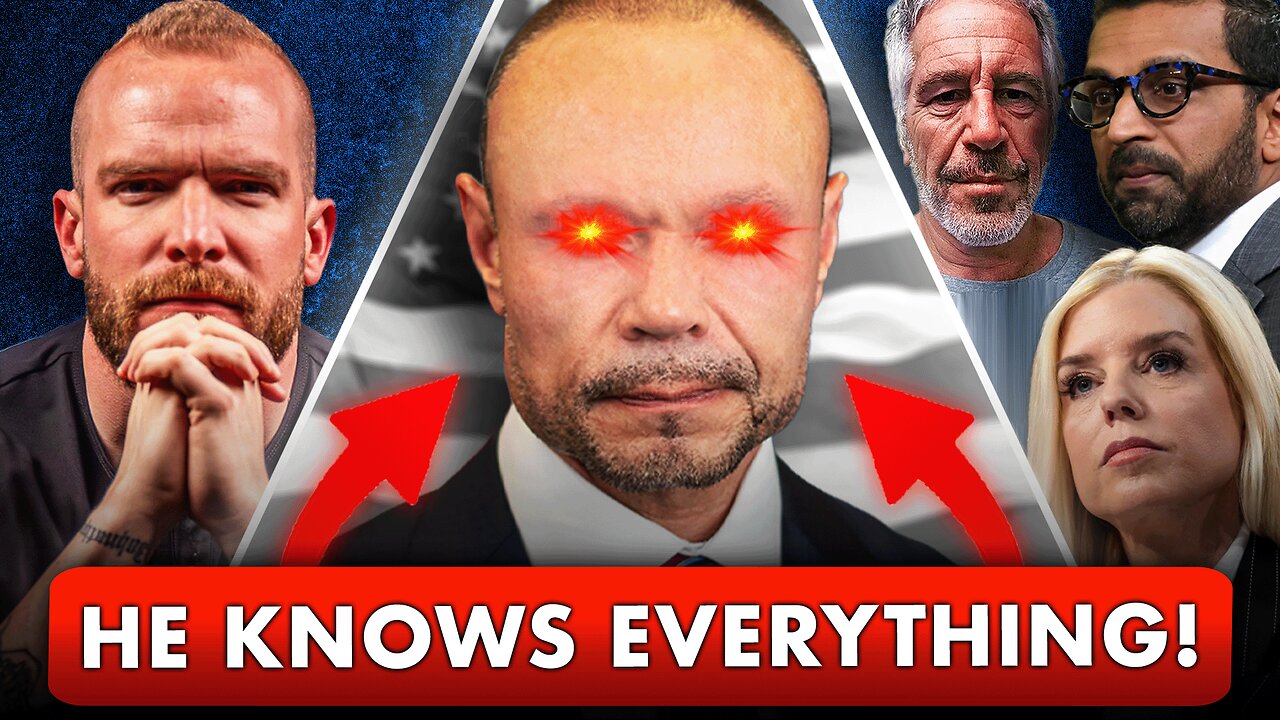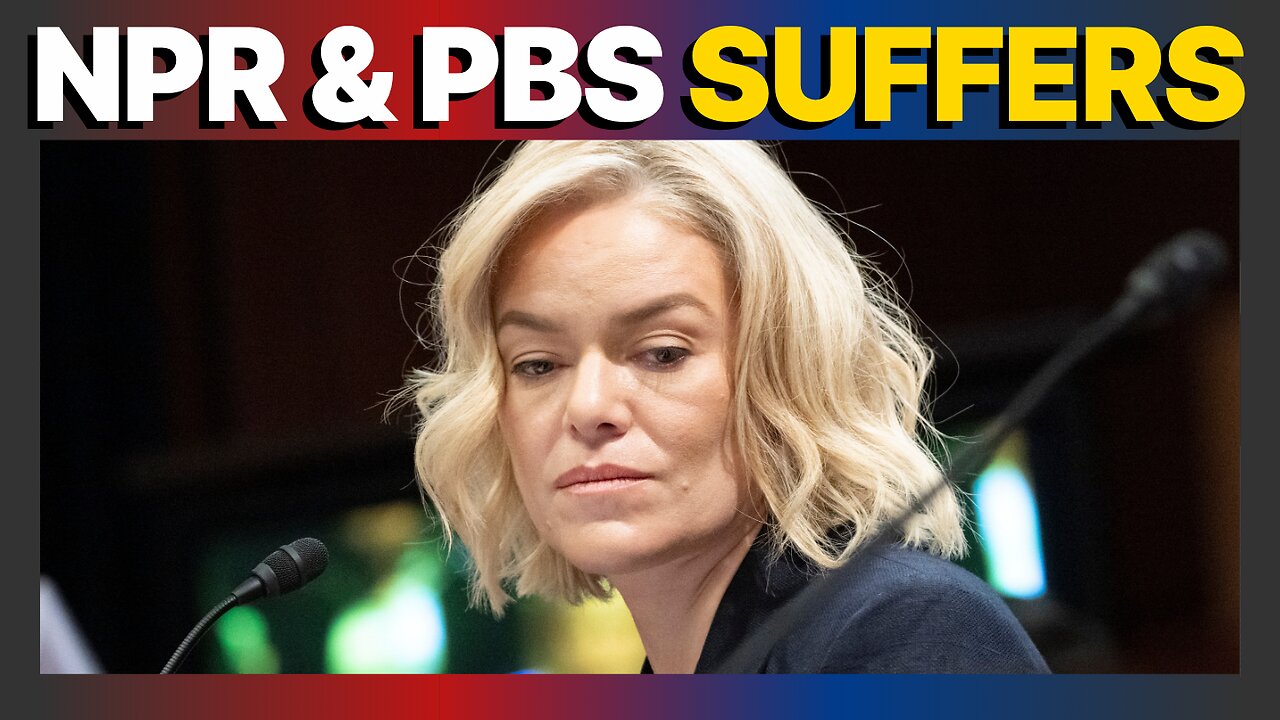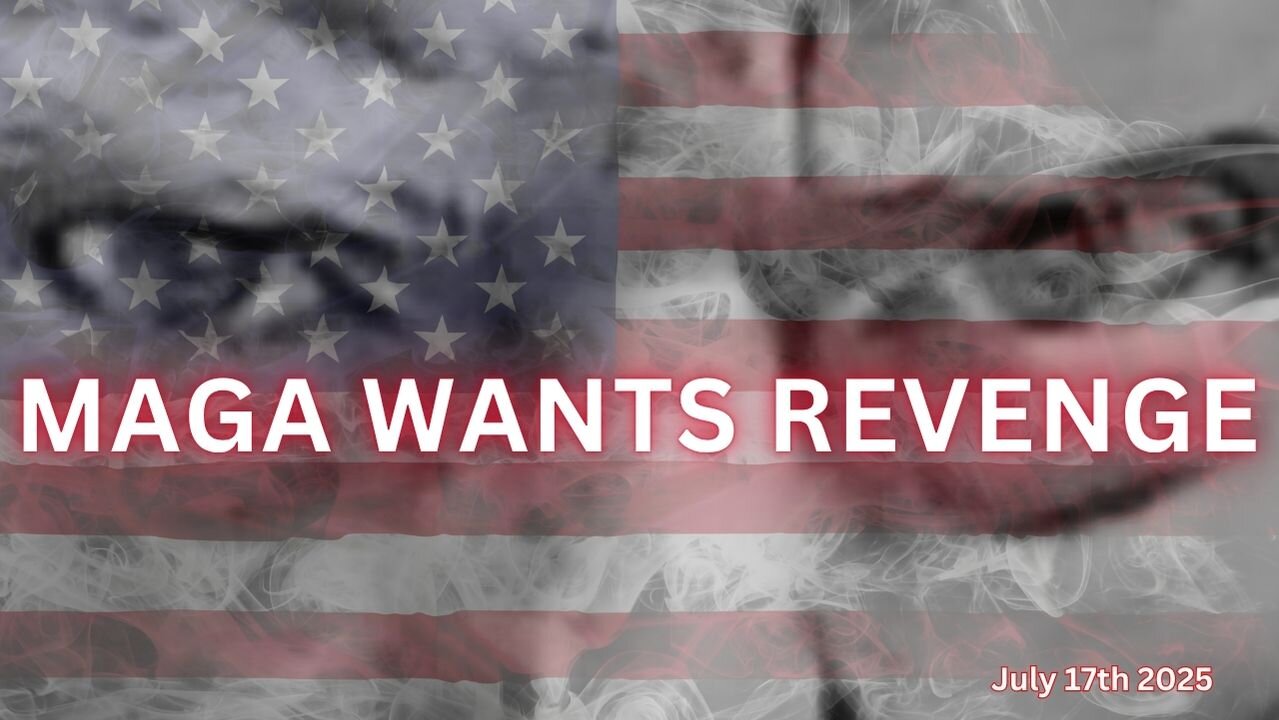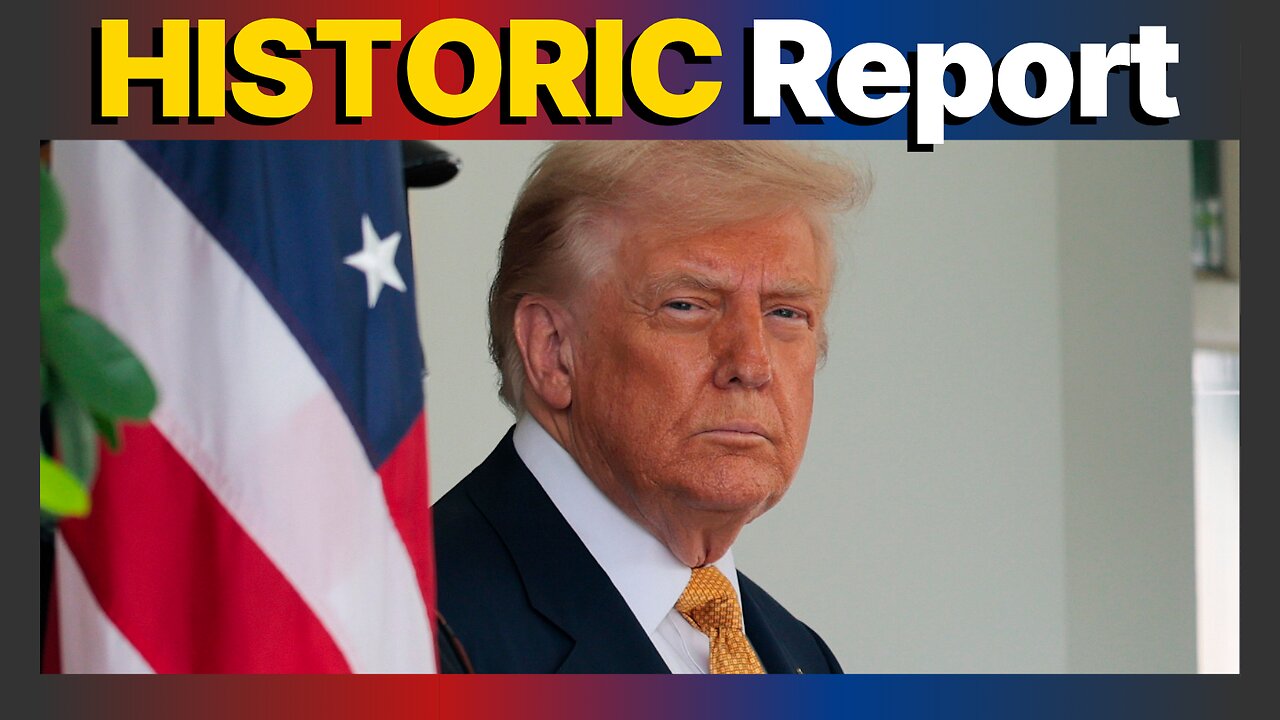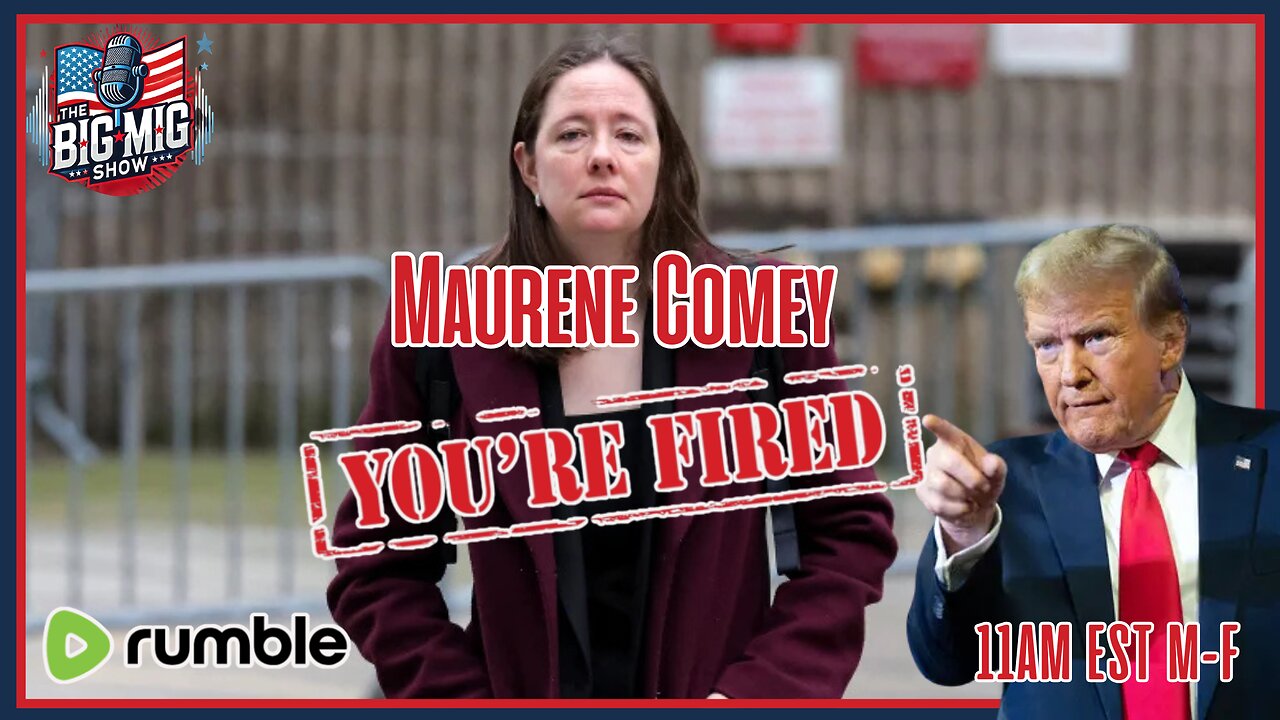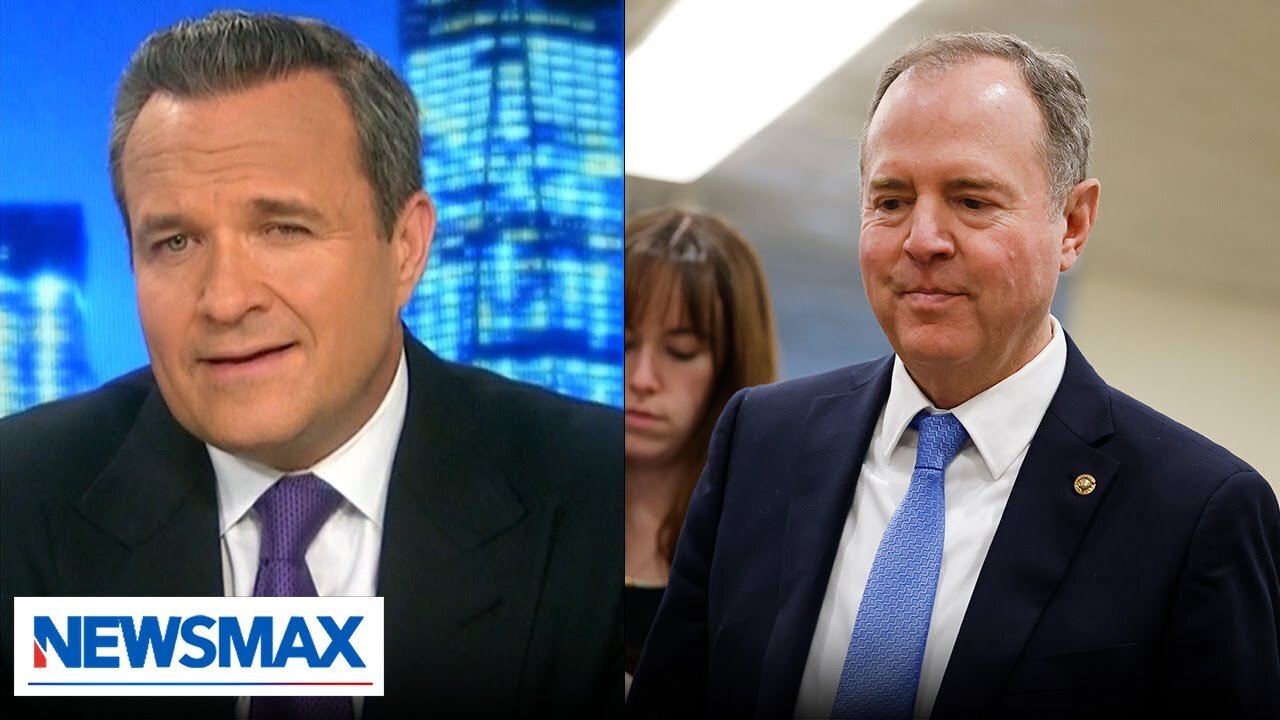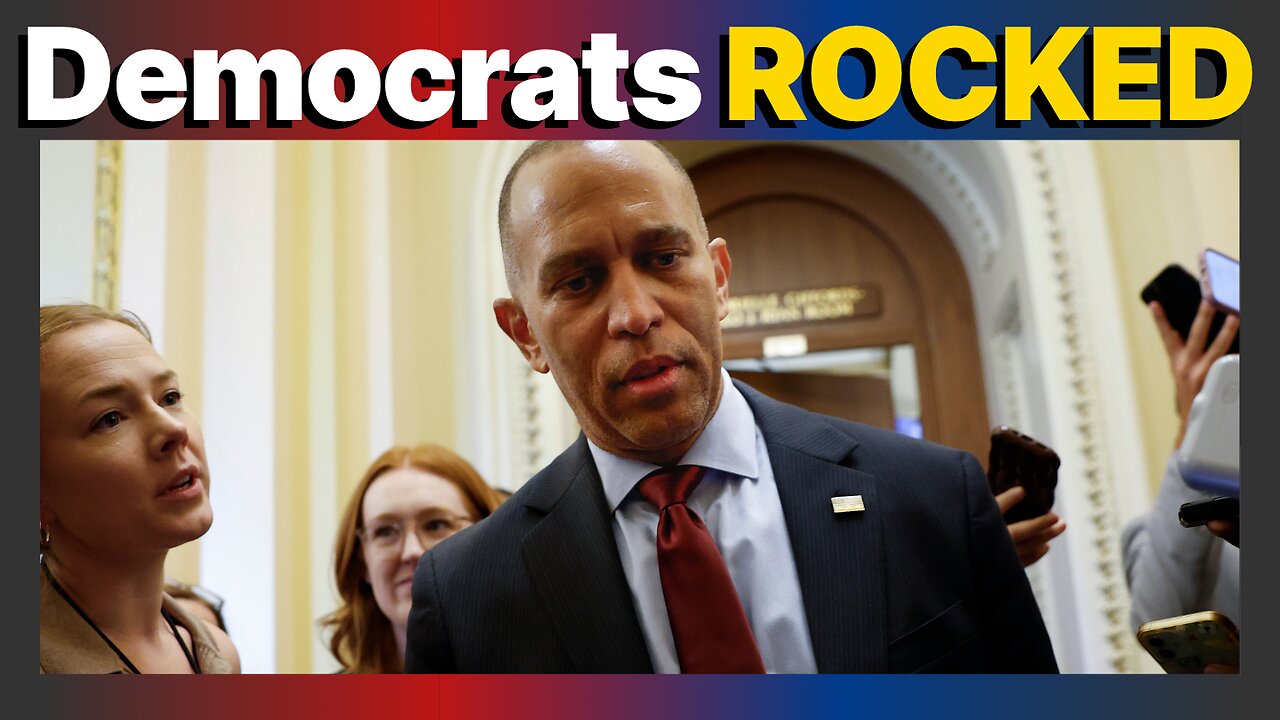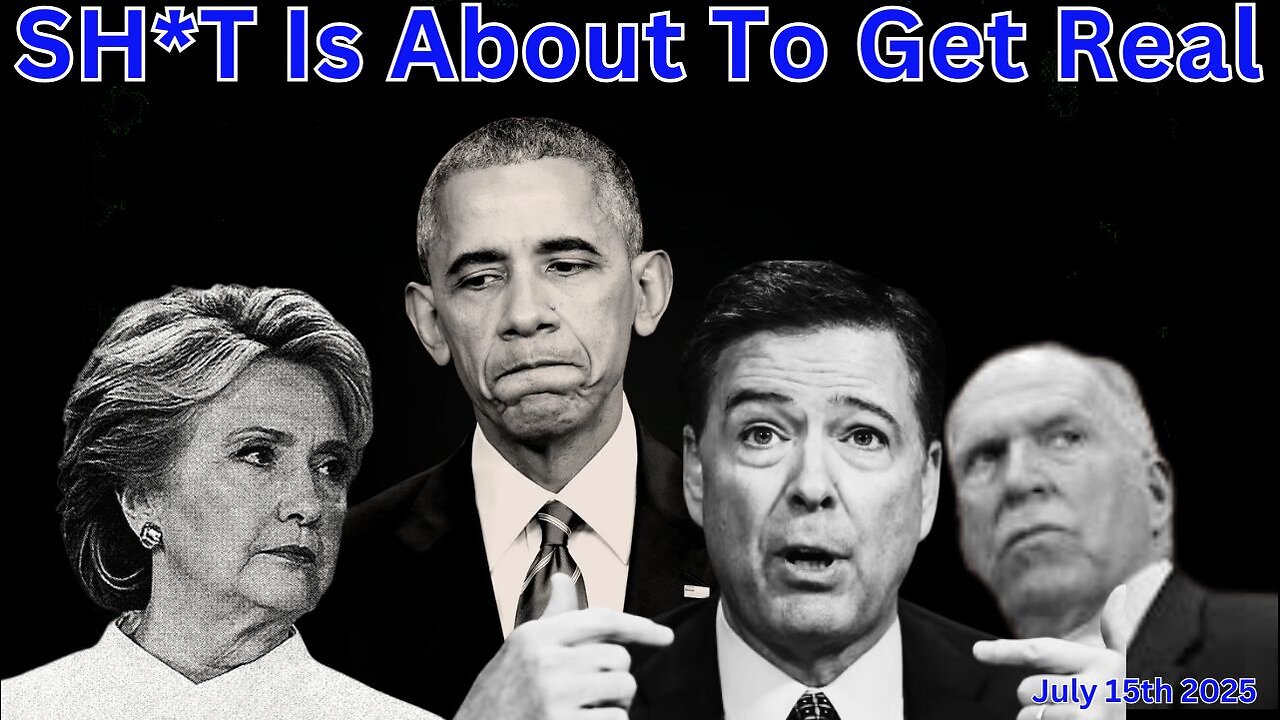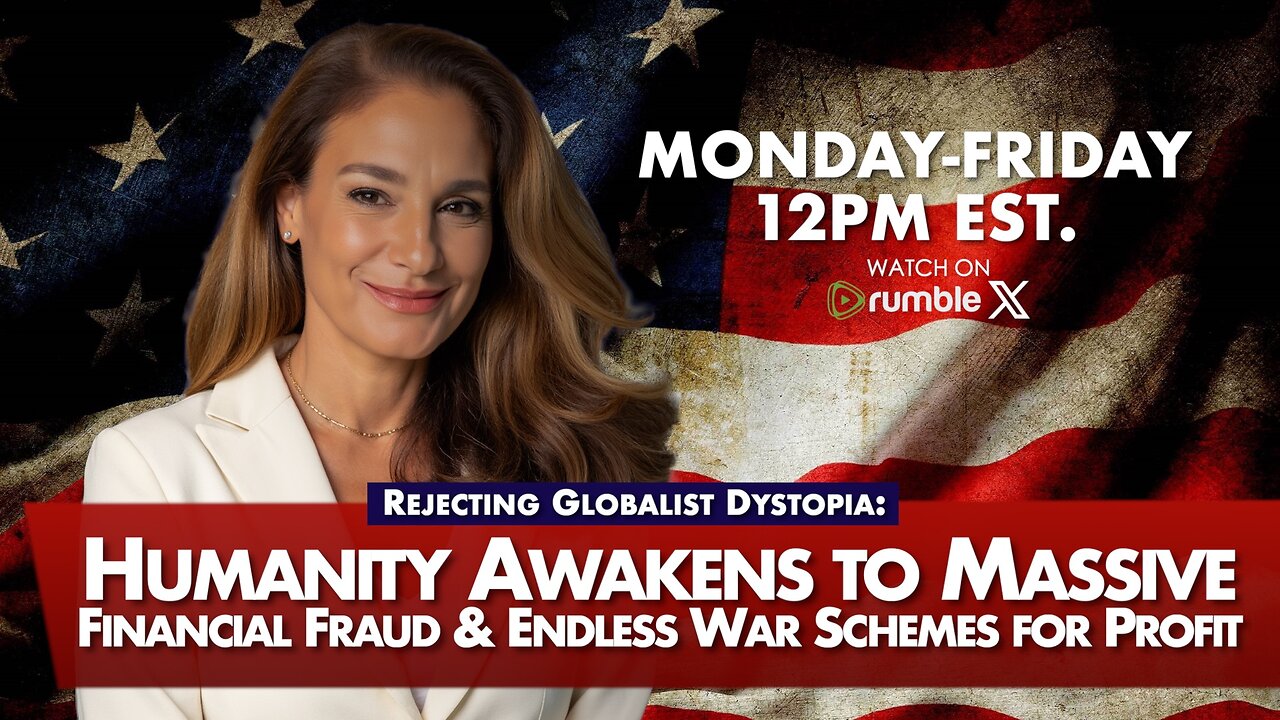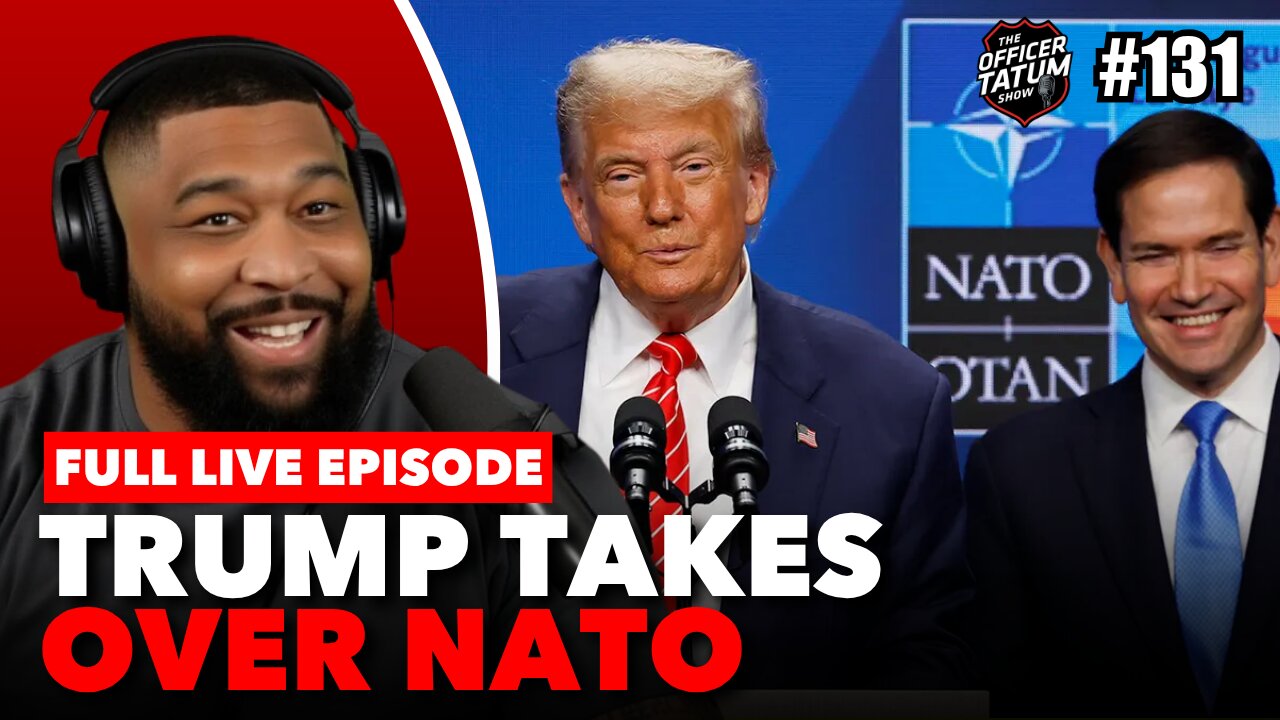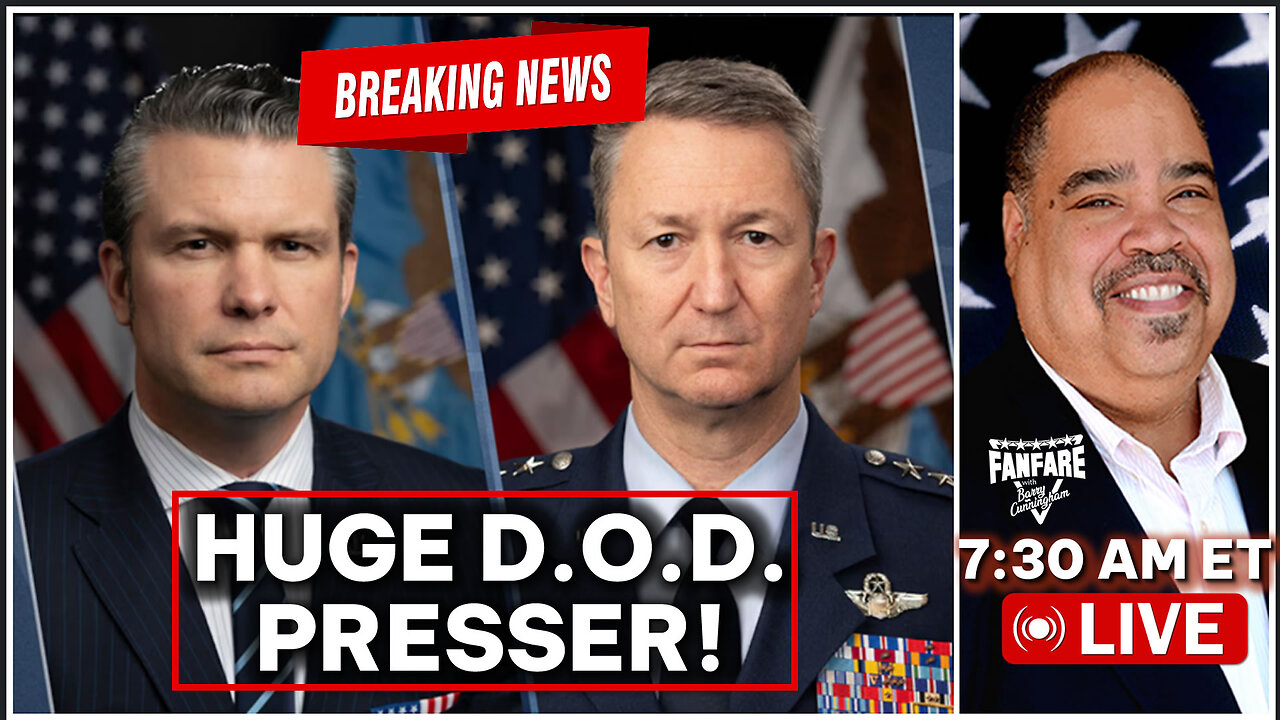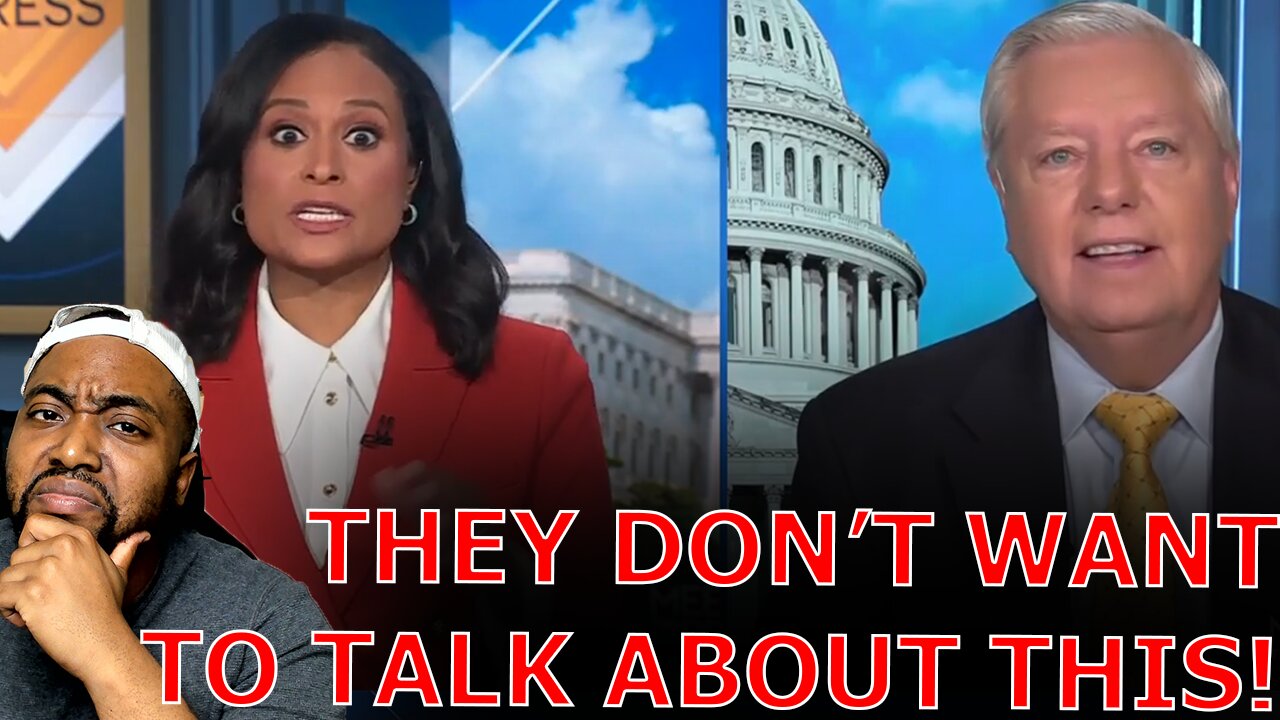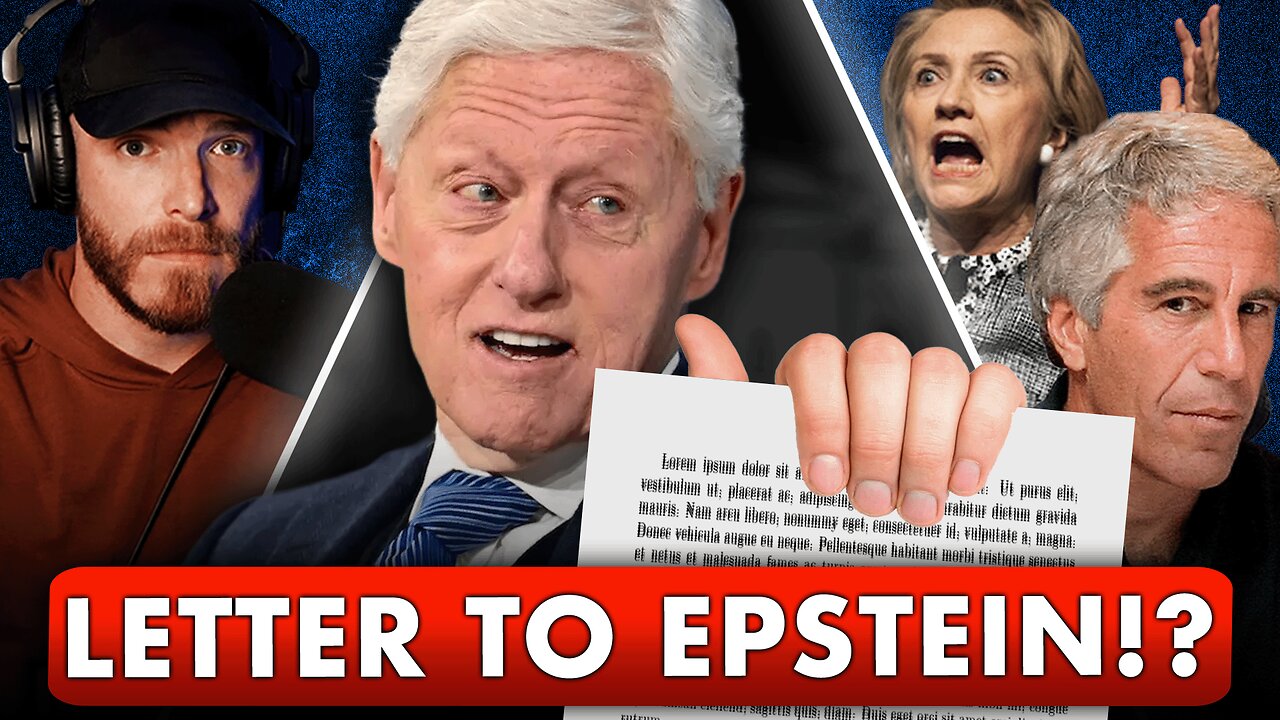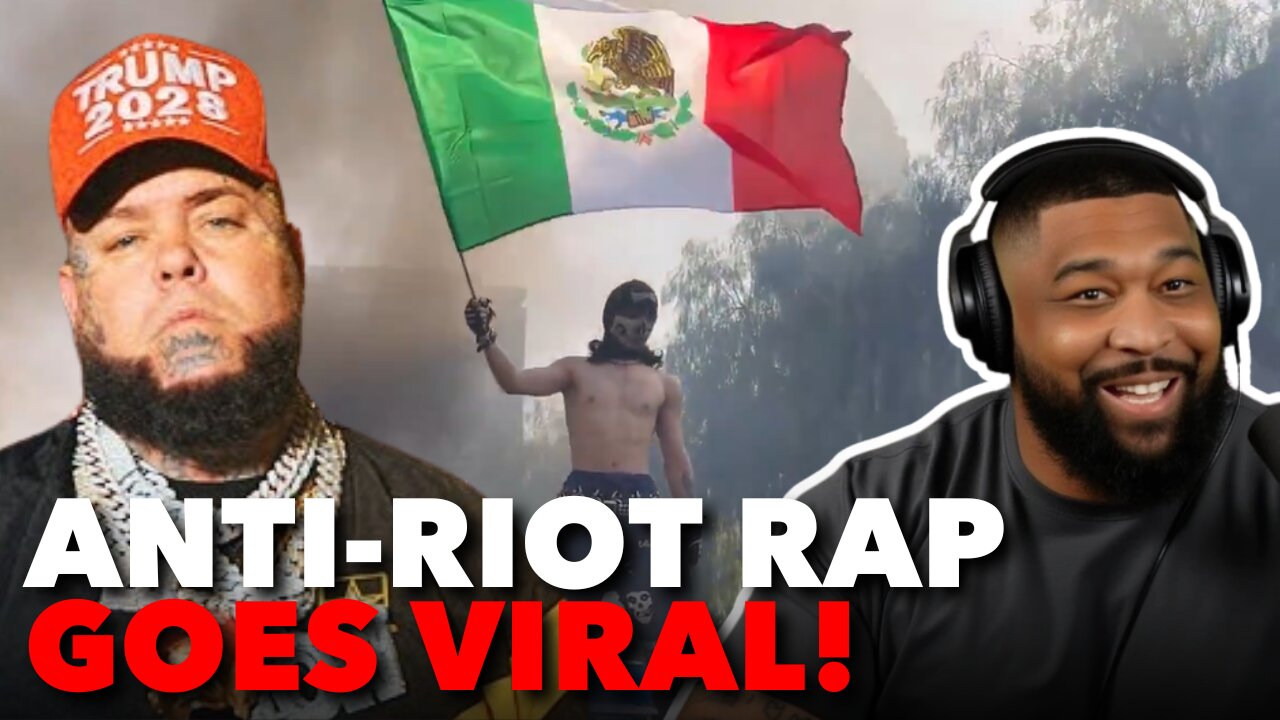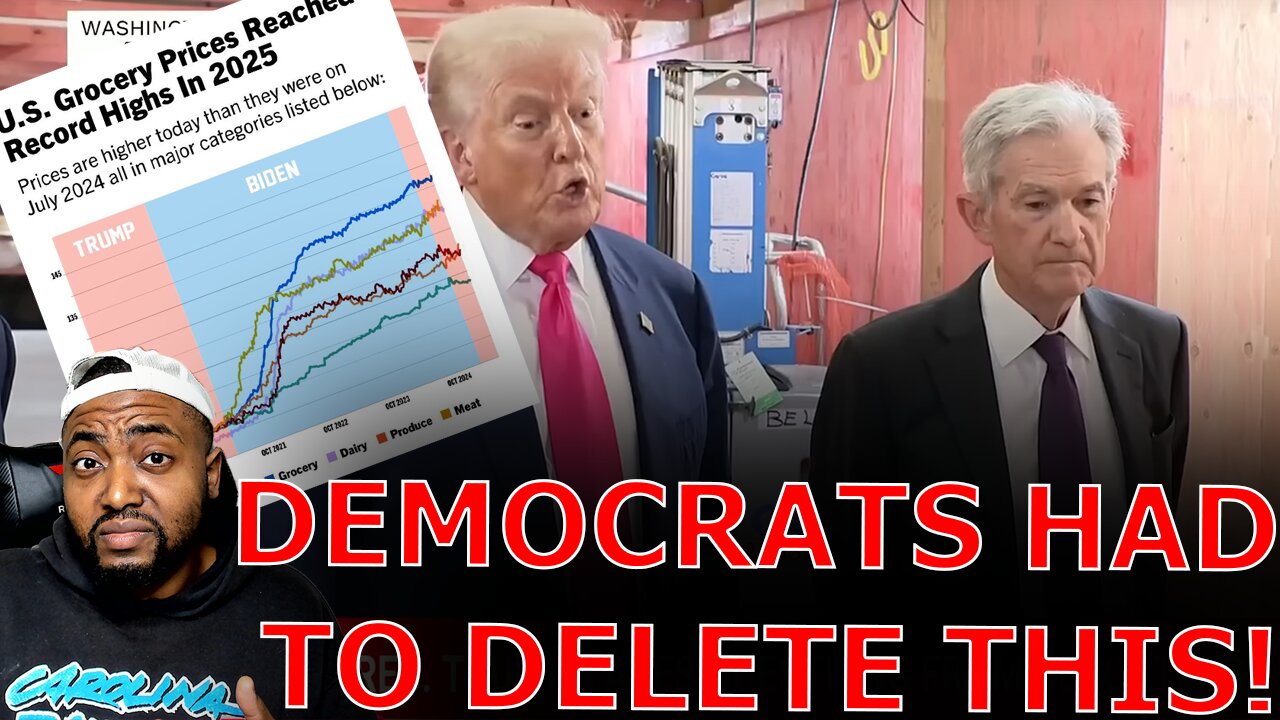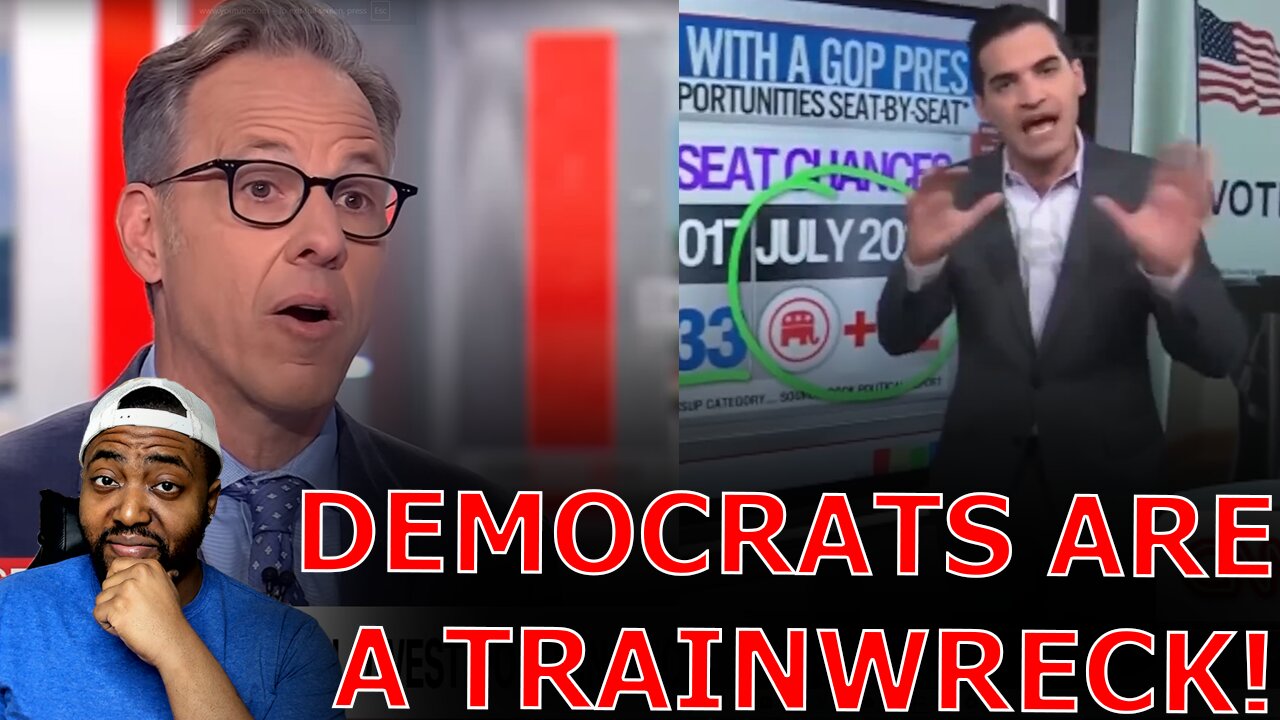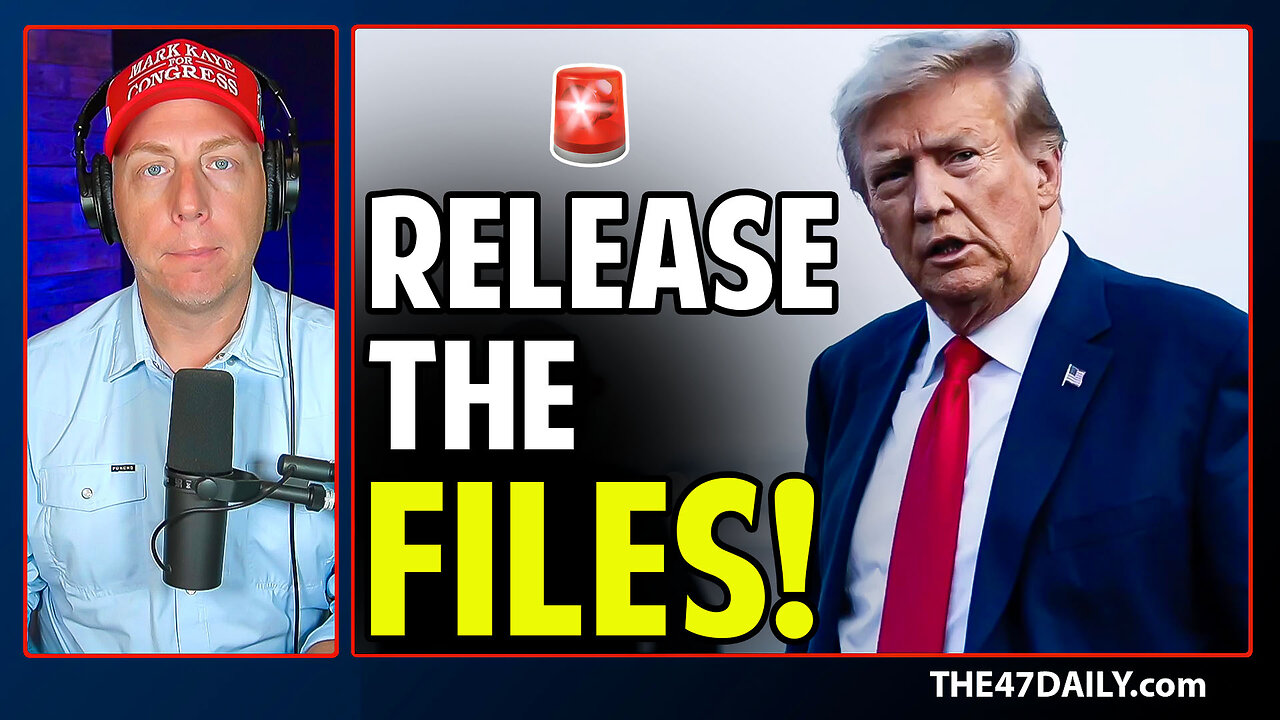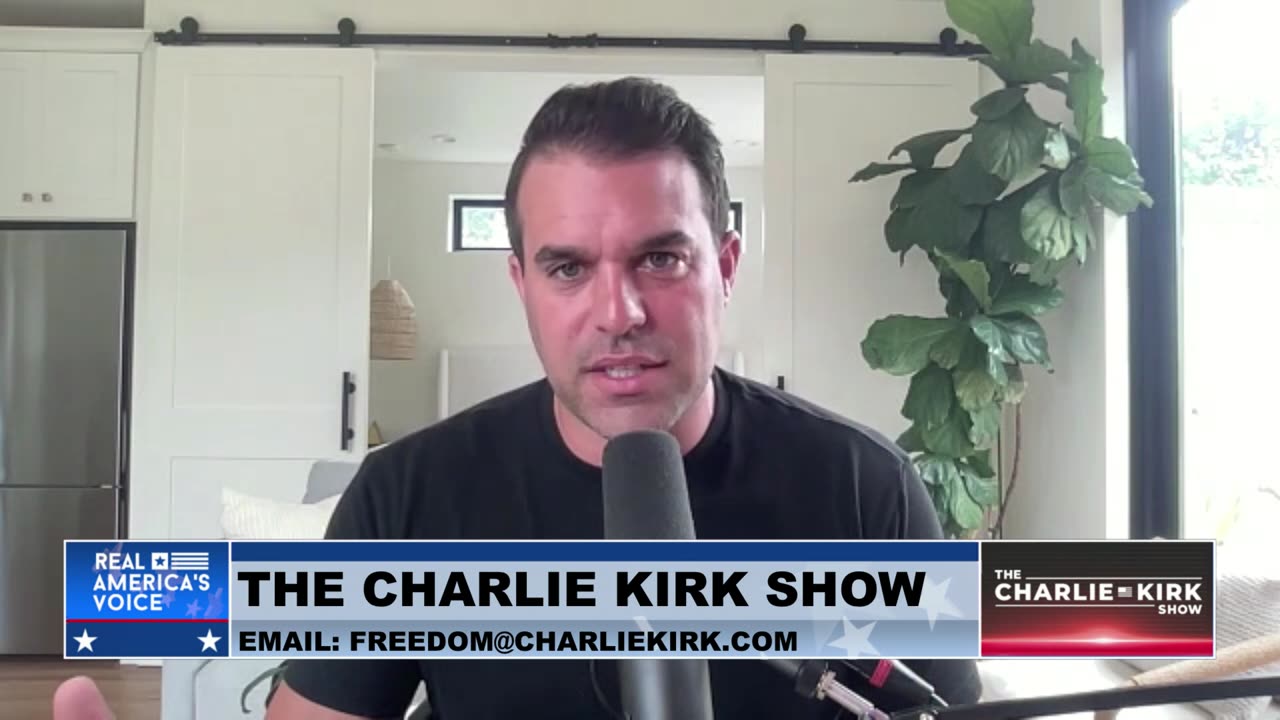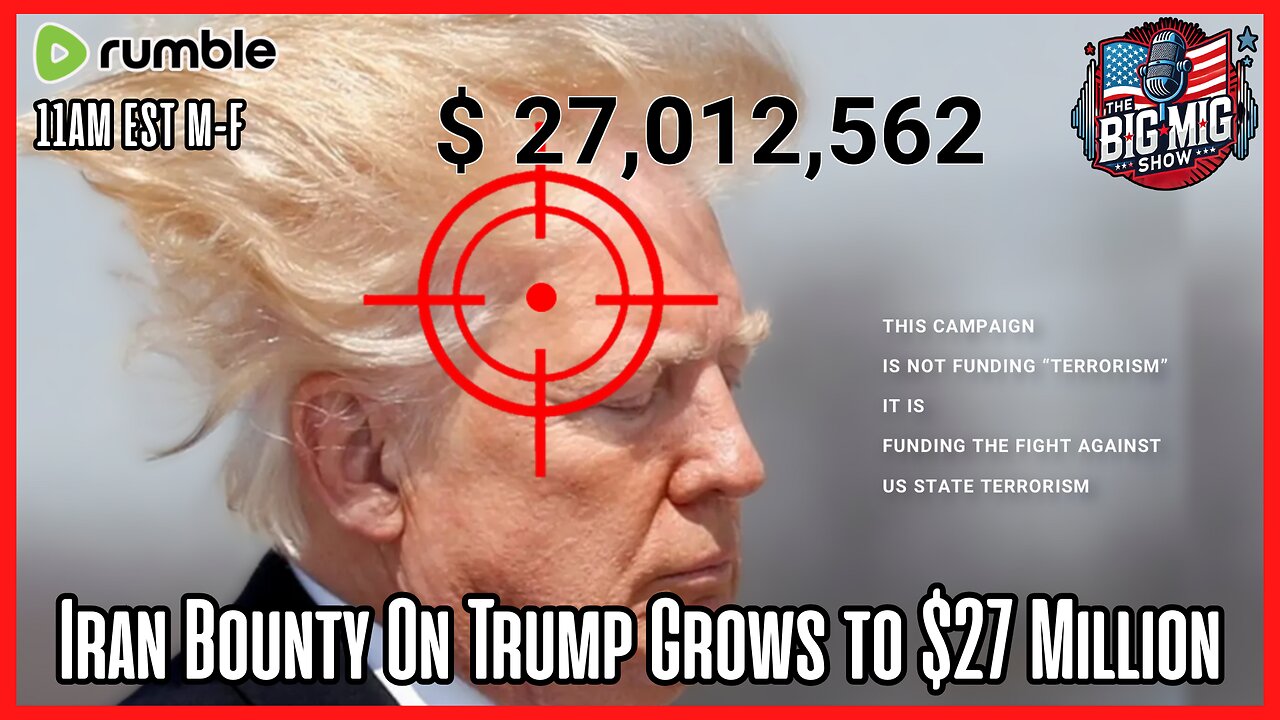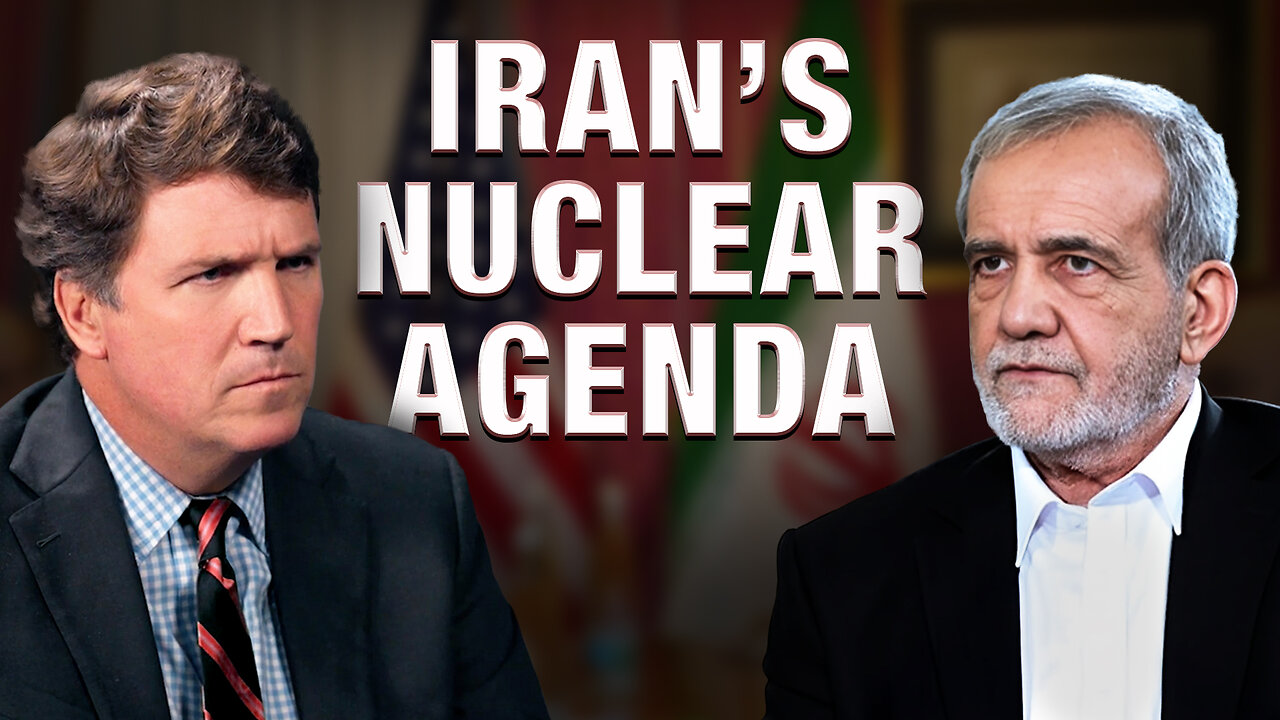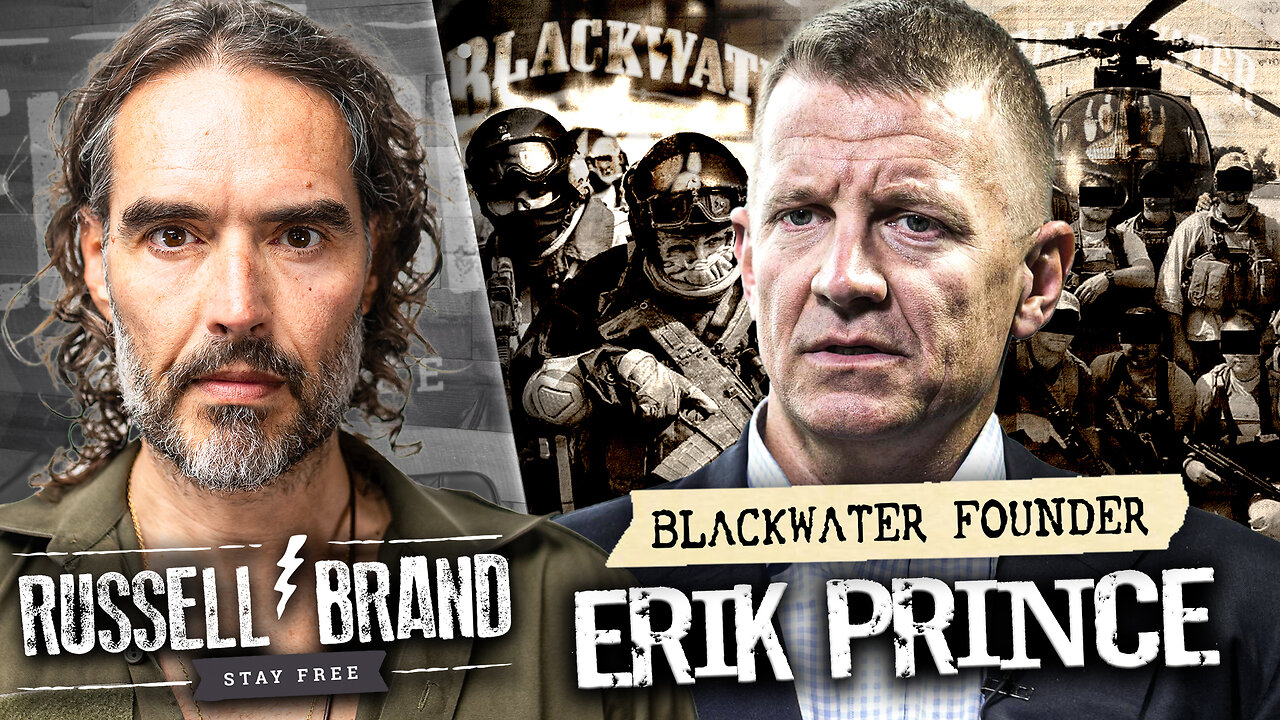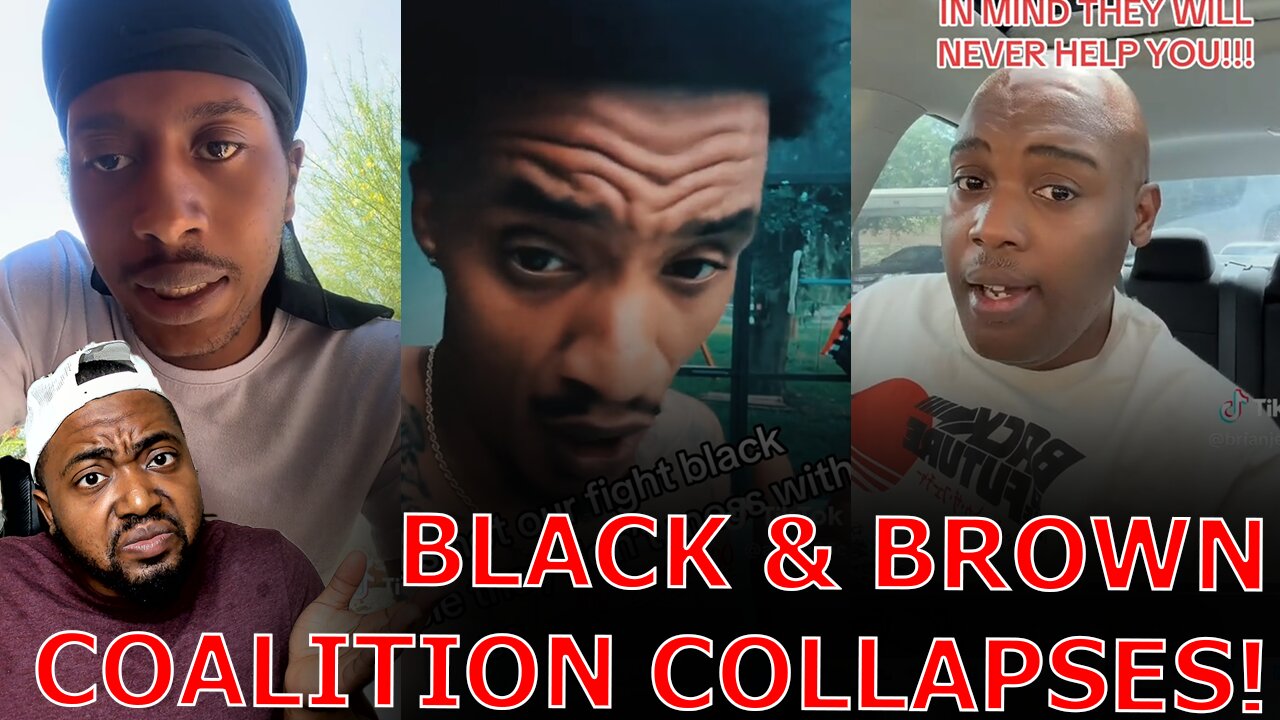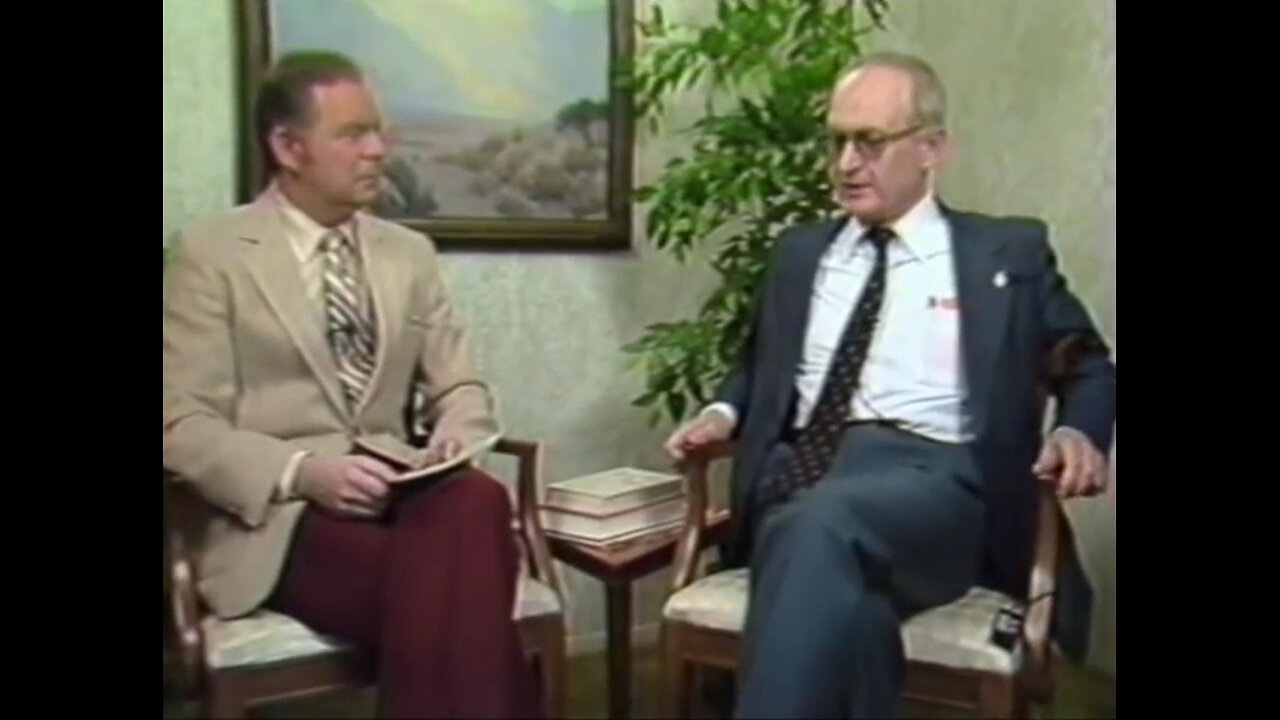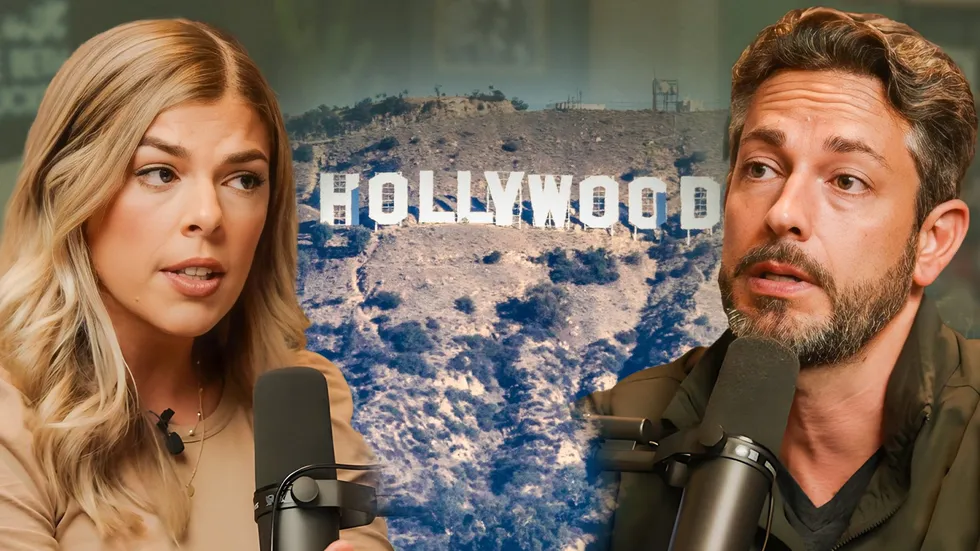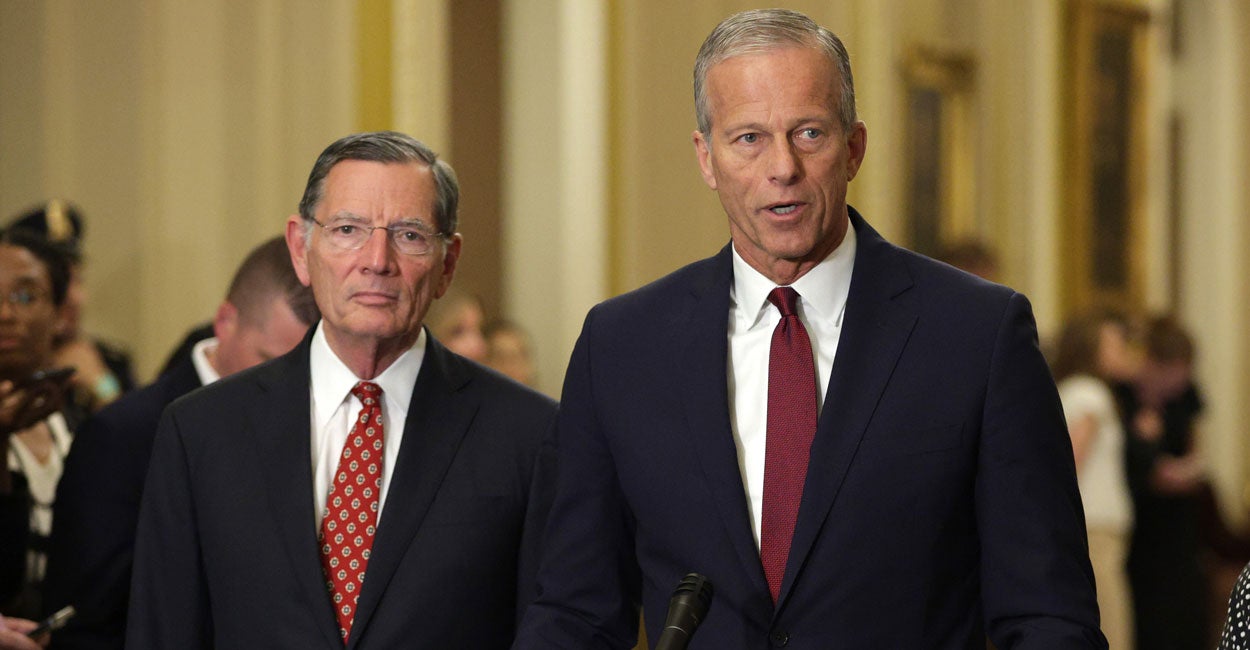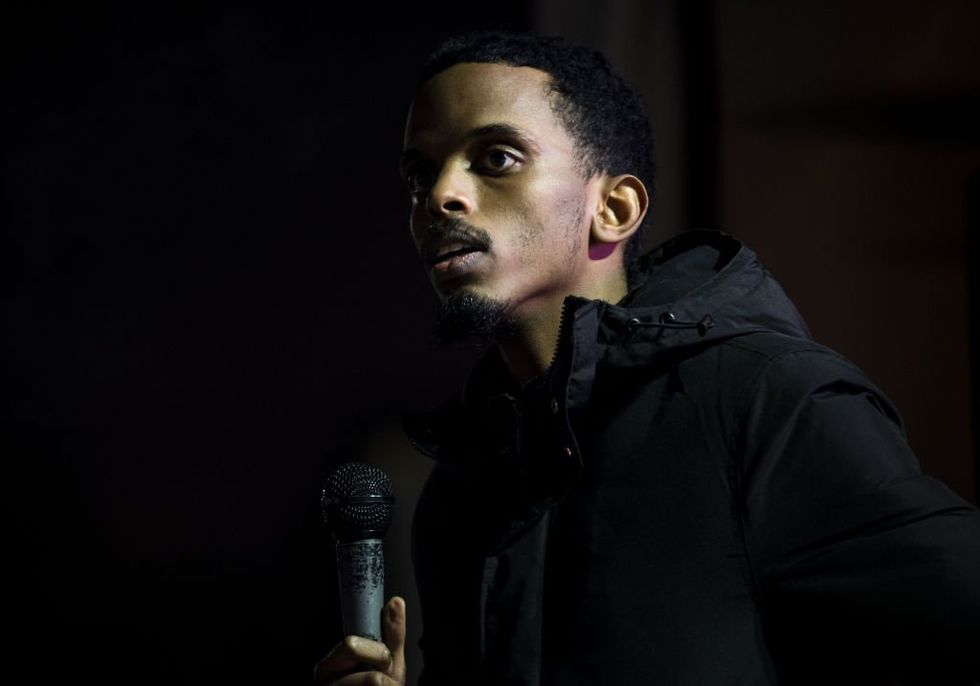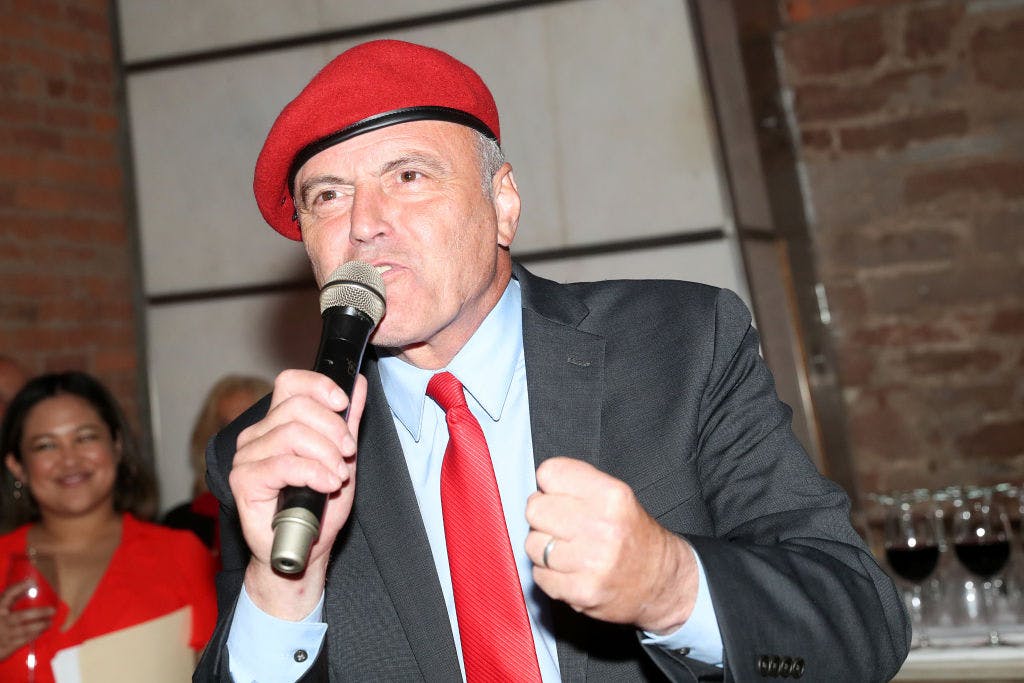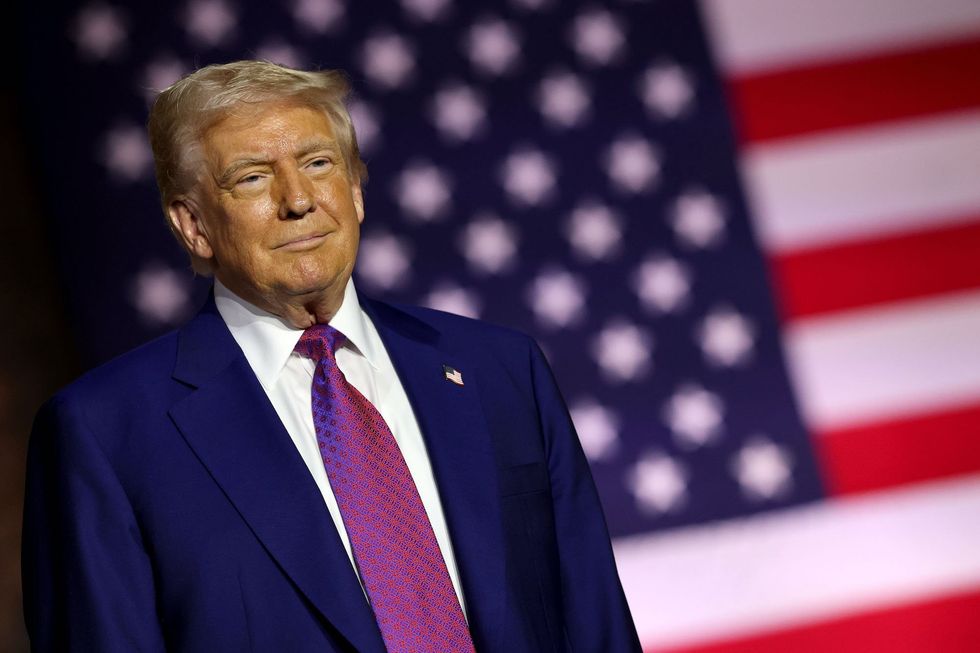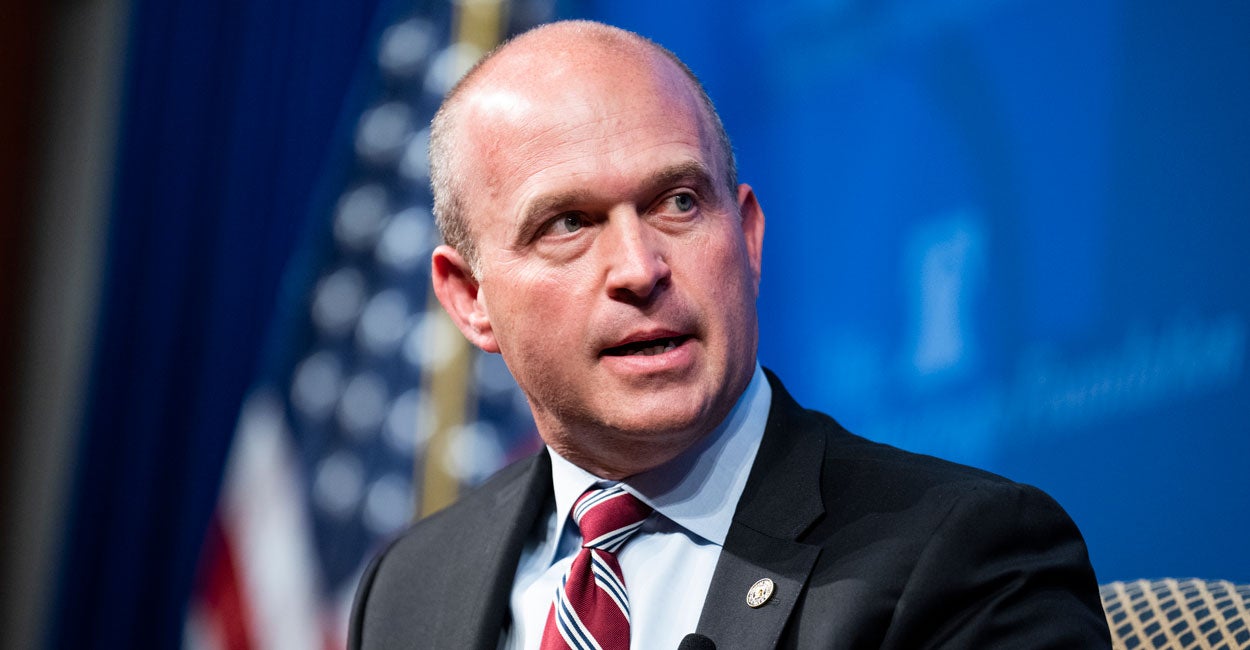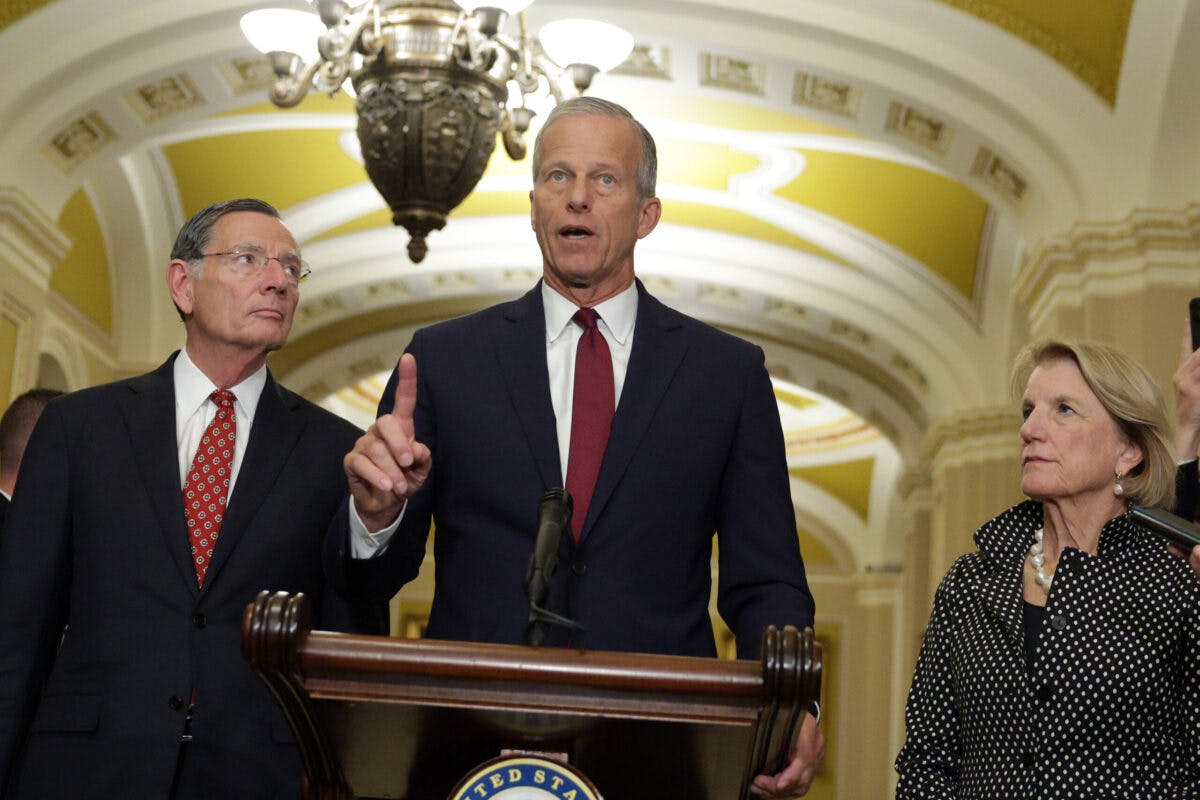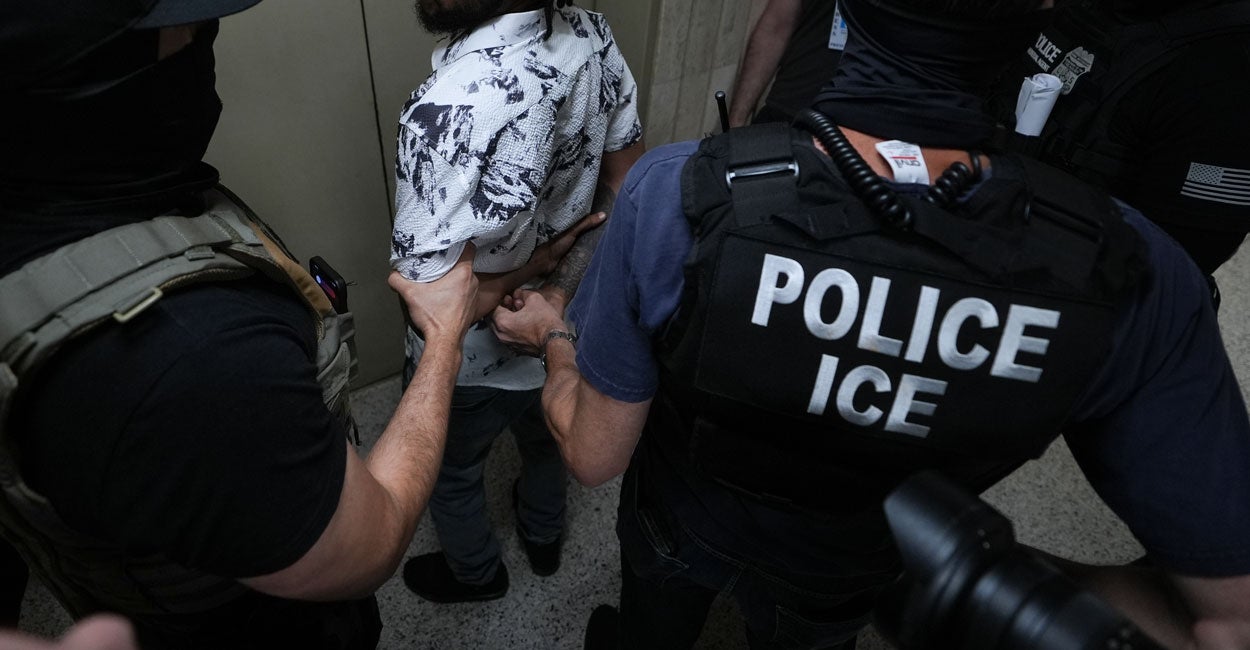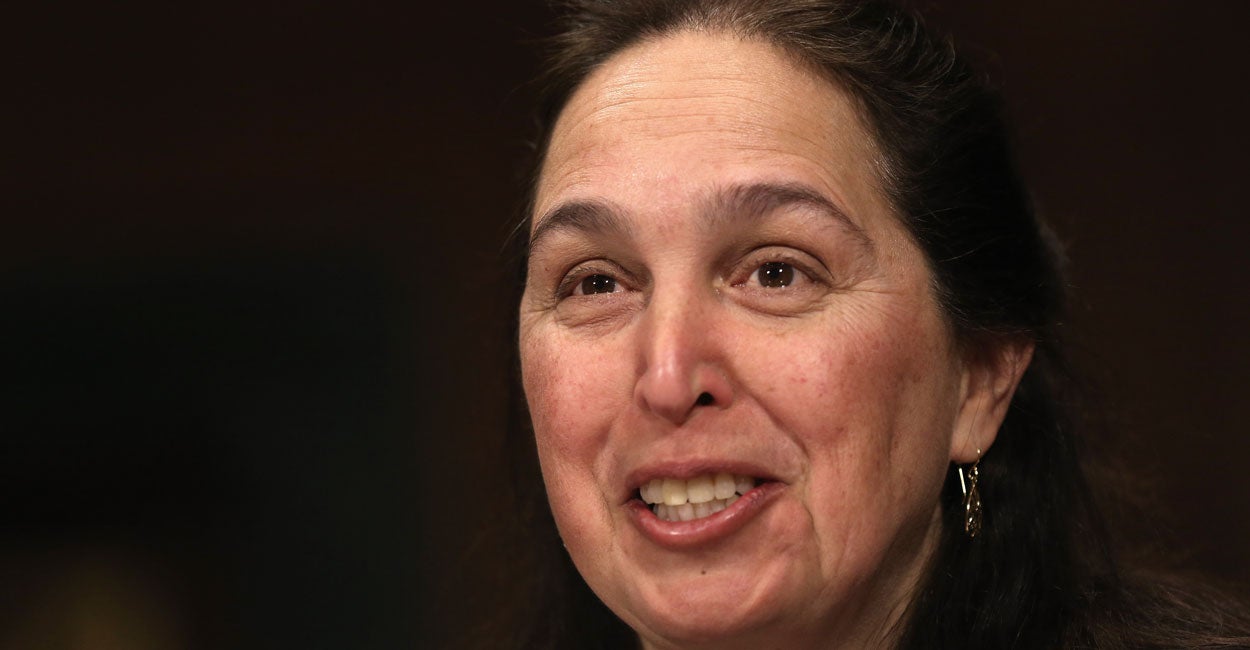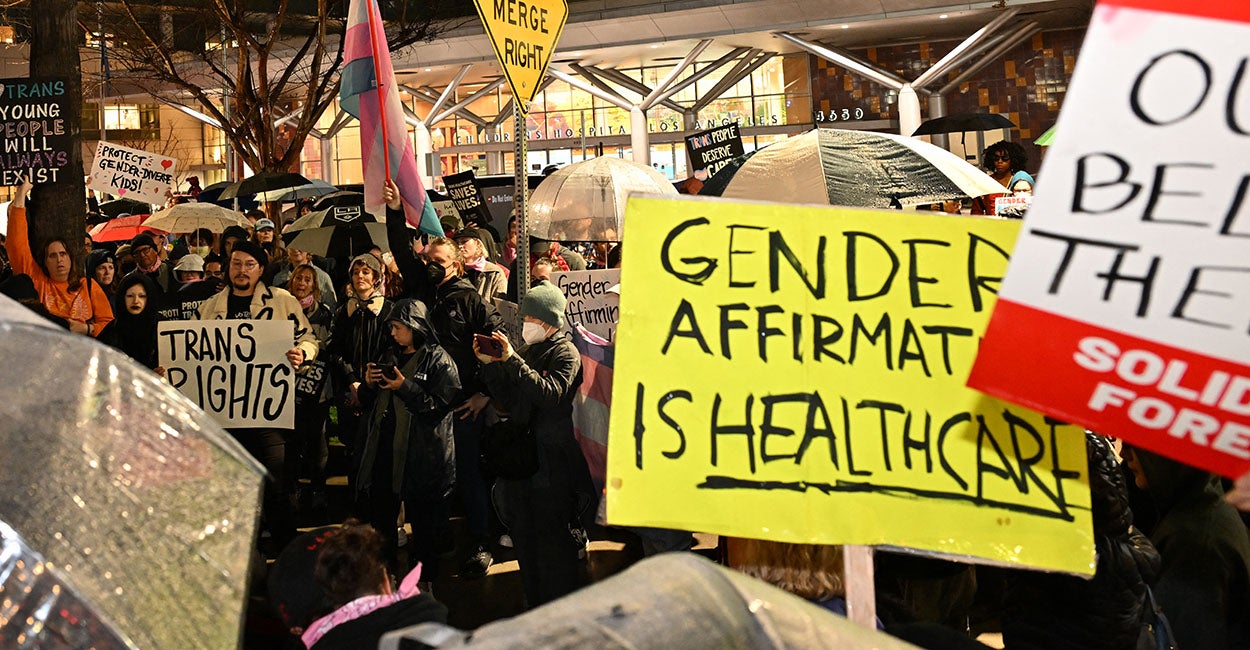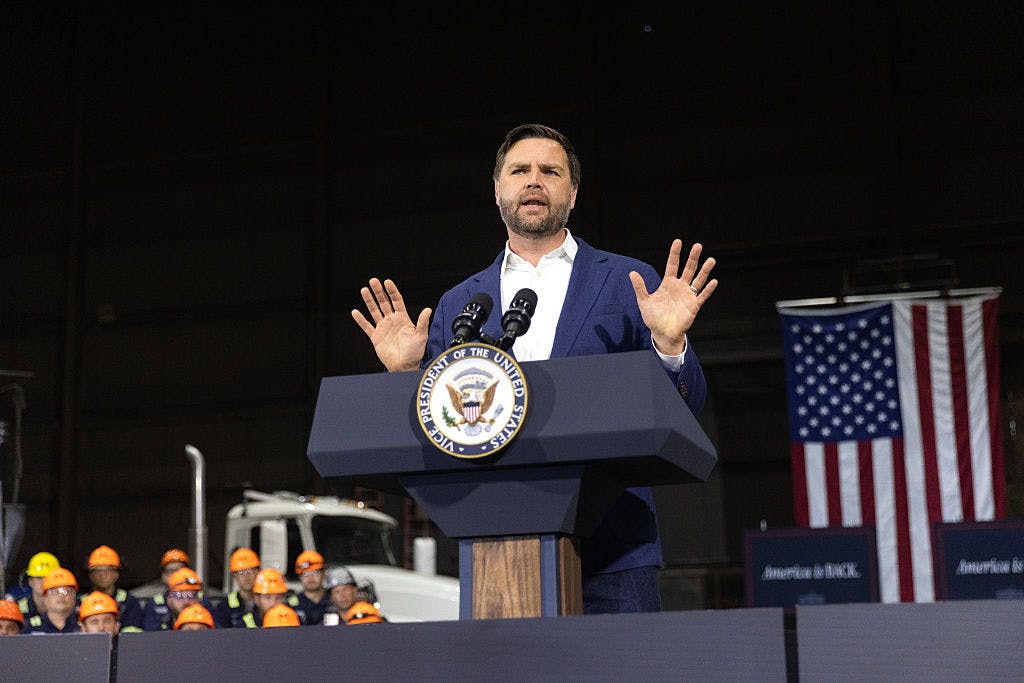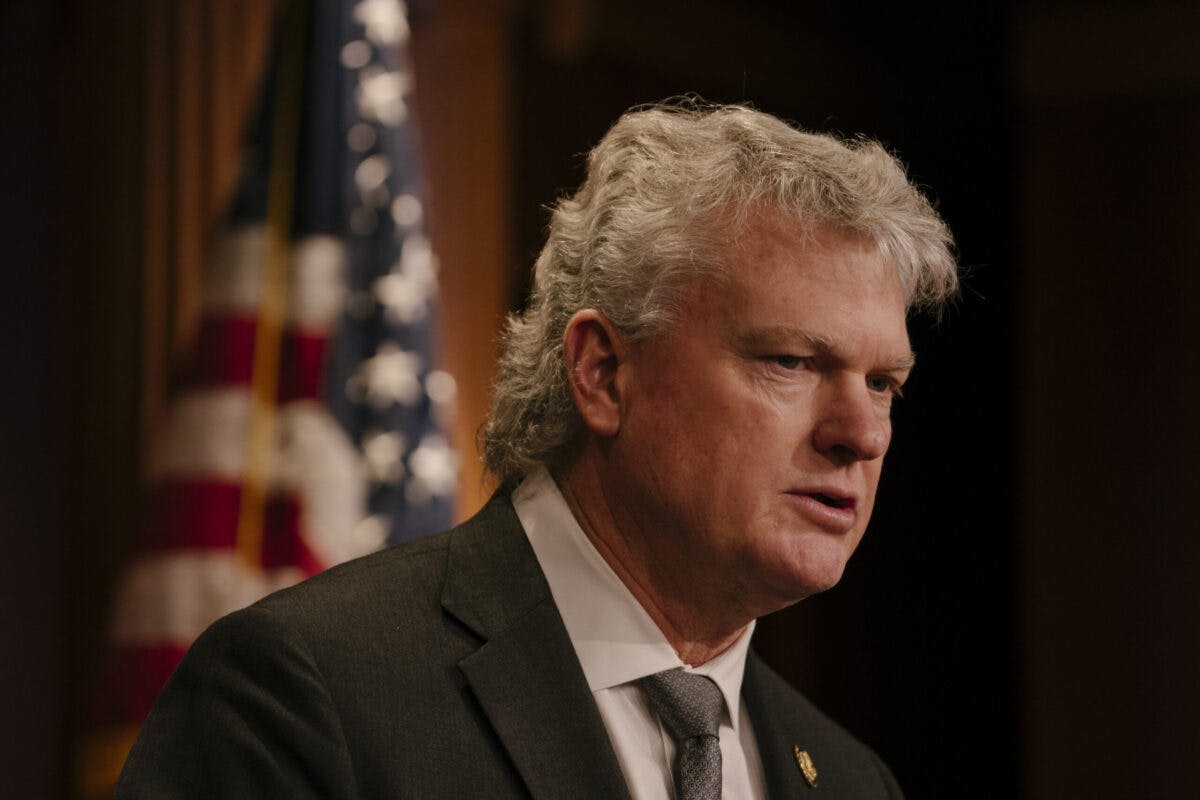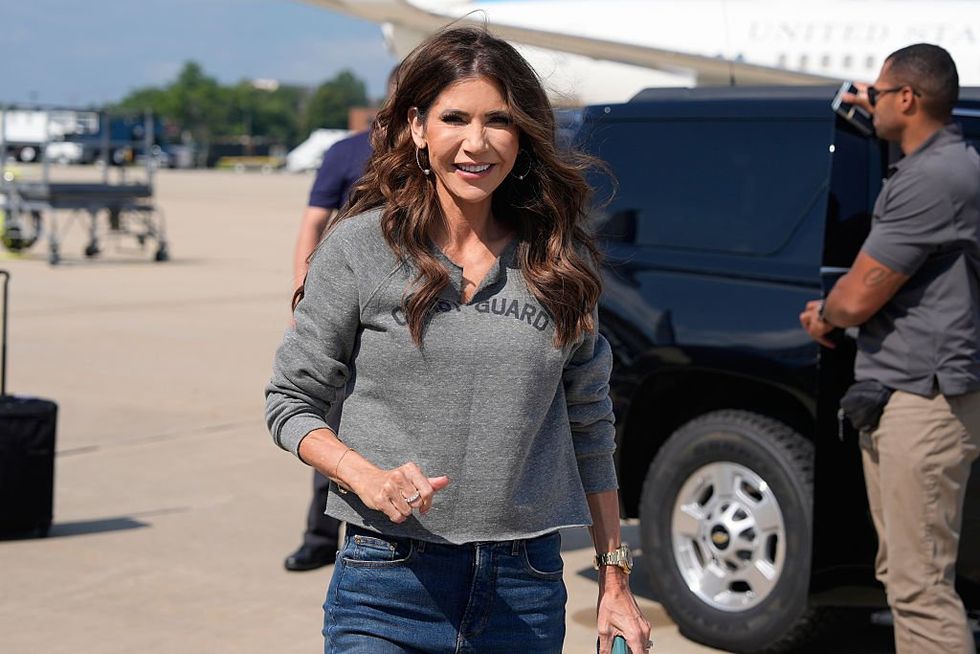Trump Takes A Stand Against Anti-White Persecution
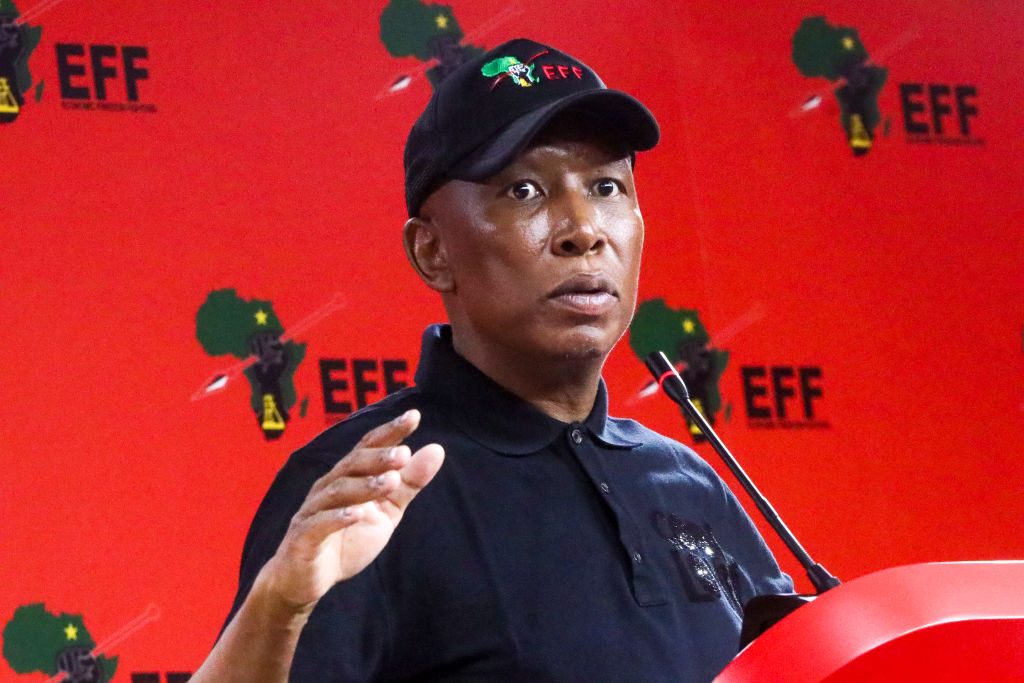
Early in the afternoon of April 16, 2000, a 77-year-old farmer named John Cross and his 76-year-old wife were returning home from church in the province of Limpopo, South Africa. When they arrived, they were immediately attacked by two men who had broken into their house. The men shot the elderly woman three times, but she didn’t die immediately. So to torture her, for roughly 25 minutes, the assailants poured boiling water on top of her. When it came time to murder John Cross, the attackers tied him up, shot him several times, and poured boiling water down his throat for roughly five hours.
In the end, the killers made off with a few thousand dollars’ worth of household items. And when they were caught, they weren’t repentant at all. Afterwards, when she was asked about the motive, the Crosses’ daughter said, “I think it’s hatred. It must be race hatred. I think they did it for satisfaction.”
As horrific as this incident was, it wasn’t particularly uncommon at the time. Farm invasions were happening at a rate of around 1,000 per year. This barbarism was occurring so frequently that, two years after the Crosses were executed, South Africa commissioned a 500-page report on farm attacks. It found that almost two-thirds of farm attacks targeted “elderly white people in rural areas” — often sadistically. But the conclusion of the report was that racism wasn’t a factor in most of these incidents. Even though white people only made up something like 10% of South Africa’s population, and accounted for two-thirds of the victims of these attacks, the government insisted that anti-white racism wasn’t a problem in South Africa.
This was a narrative that no one in the West wanted to challenge. Yes, it was obviously a lie. No serious person said otherwise. But in the eyes of Western leaders, it was a necessary lie. And that’s because, just about a decade earlier, South Africa had supposedly ended racism when they overthrew the apartheid regime. In a referendum in the early 90s, white South Africans voted to effectively authorize a new constitution — one that would allow universal suffrage, end many forms of discrimination against Black Africans, and ultimately clear the way for majority rule by non-whites. As Nelson Mandela put it at the time, “The referendum signalled the end of white privilege.”
That was supposed to trigger a kind of golden age in South Africa, if our leaders were to be believed. After all, white people had just lost much of their political power, and a black majority would soon gain that power, in a free and democratic fashion, supposedly. And inevitably, that was supposed to lead to racial harmony and a high-functioning society. Certainly the media got behind that narrative. Pull up news coverage of this referendum, and you’ll see how the decision was framed at the time. The choice, we were told, was between democracy and racial segregation. Given that choice, most people would opt for democracy, obviously. What we weren’t told is that, in the end, democracy in South Africa would produce even more racial segregation and racial injustice. And all along, Western elites knew that would happen. In fact, they intended for it to happen.
WATCH: The Matt Walsh Show
In various academic papers, far away from the public view, Left-wing academics admitted to this. Here for example is what the critical race theorist Cheryl Harris wrote in the Harvard Law Review, all the way back in the summer of 1993, just as South Africa was getting rid of apartheid:
The South African conception of affirmative action expands the application of affirmative action to a much broader domain than has typically been envisioned in the United States. That is, South Africans consider affirmative action a strategic measure to address directly the distribution of property and power, with particular regard to the maldistribution of land and the need for housing. This policy has not yet been clearly defined, but what is implied by this conception of affirmative action is that existing distributions of property will be modified by rectifying unjust loss and inequality. Property rights will then be respected, but they will not be absolute and will be considered against a societal requirement of affirmative action.
In other words, the newly-installed African National Congress was not interested in implementing a system based on equal rights for all races. That was the little secret that we weren’t told about. Instead, with the backing of Western academics, they were going to start practicing “equity.” They were going to be a laboratory for Critical Race Theory, shortly before it would take hold in the United States. And that meant redistributing land, housing, and money on the basis of race. It meant using the law to punish white people.
And they did exactly that. Take a look at this chart. It’s from the South African Institute of Race Relations, and it tracks the number of race-based laws in the country.
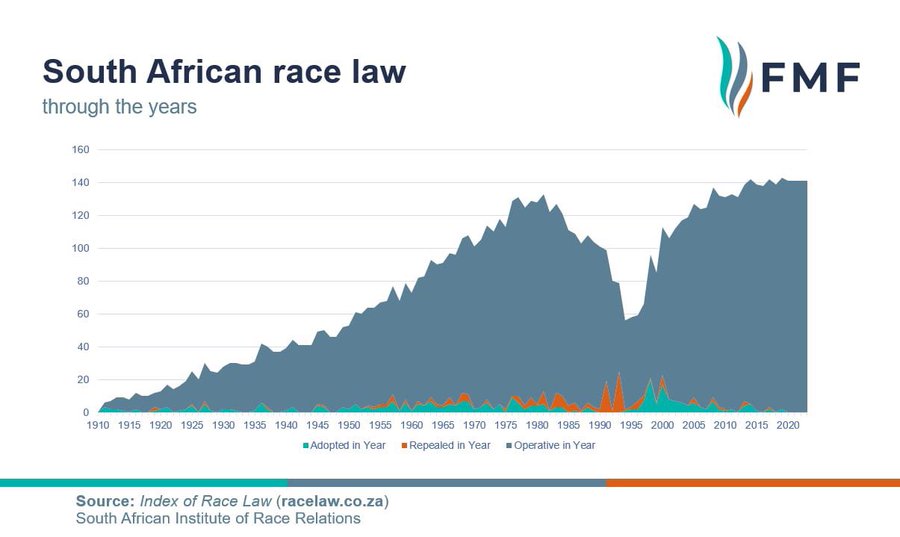
You’ll notice that, when apartheid was ended in the early 1990s, there was a massive drop, as you’d expect. Black Africans weren’t considered second-class citizens anymore. They didn’t have to carry identification around that specified their racial group, as required by a law from the 1950s. They didn’t have to self-segregate in residential areas, or in libraries, parks and restaurants. They weren’t prohibited from marrying whites anymore. And so on. A bunch of race-based laws were taken off the books.
But then look at what happened. Starting around 2000, the number of race-focused laws went back up. In fact, the number of race-based laws is now higher than it was at any other point in South Africa’s history. It’s higher than it ever was during apartheid. Only this time around, the laws were intended to exact racial vengeance on whites. And whites lost the protection of the laws that were already on the books.
This has continued for decades, with very little fanfare. That’s led to scenes like this one, in a squatters’ camp for whites in South Africa. Watch:
Again, no one in the West stood up while this was going on, at any point. There was no international coalition of the willing that liberated South Africa. The sentiment only began to change (to some extent) in August of 2018, when South Africa’s government filed papers to seize several white-owned farms, while paying the owners only one-tenth of the value of the properties. That decision prompted the first Trump administration to launch an investigation into the anti-white purge that was occurring in South Africa.
In response, pretty much every outlet in corporate media accused Trump of promoting a dangerous far-Right conspiracy theory. They told us not to besmirch the good name of South Africa’s government. We were just supposed to continue sending them hundreds of millions of dollars in foreign aid every year, and ask no questions whatsoever.
We certainly weren’t supposed to notice, for example, when the South African black nationalist politician Julius Malema led a packed stadium — full of 100,000 people — in a chant of “Kill the Boer,” which essentially means “kill the white farmer.” (And by the way, Malema leads the political party that raided the whites’ camp in the video I just played). Here’s his rally in Johannesburg, if you haven’t seen it yet:
Why should White people care about the White South Africans??? ????
Plays clip of South African political leader Julius Malema shouting “Kill The Boer.” (White farmer) to the thunderous applause of thousands of people….
That’s why. pic.twitter.com/FGBWBPdhAH
— Uncommon Sense (@Uncommonsince76) February 8, 2025
After this footage went viral, the corporate press went into a panic. They tried to convince people, in comical fashion, that they hadn’t heard the things they had just heard. The New York Times, as is so often the case, led the propaganda effort. They reported that, “Right-wing commenters claim that an old anti-apartheid chant is a call to anti-white violence, but historians and the Left-wing politician who embraces it say it should not be taken literally.”
So it’s really a term of endearment, or something like that. He didn’t mean kill them, as in actually kill them. He meant “kill them with kindness.” And you were supposed to believe that spin, even after the same politician made it as clear as he possibly could that he wants white people to die. Watch:
Again, we were told that there was nothing to see here. To the extent that anyone criticized this in the mainstream press, they labeled this politician as a rare “extremist” in South African politics. But that was never true. His perspective is actually pretty popular over there.
That’s why South Africa’s president just signed the “Expropriation Act of 2024” into law last month. This law permits the government of South Africa to seize white people’s land without providing any compensation whatsoever. Specifically, the law states that, “It may be just and equitable for nil compensation to be paid where land is expropriated in the public interest.”
So what’s the “public interest”, you ask? The law doesn’t limit that concept in any way. But it does state that, among other things, it’s in the “public interest” to promote the interests of, “vulnerable groups including women, children, youth, LGBTQI+ and people with disabilities.” In other words, yes, if you’re a white farmer in South Africa, you could soon be forced, under principles of equity, to surrender your farm — without any compensation whatsoever — to the transgender community.
This time around, the Trump administration is taking decisive action in response to this development. Trump isn’t just assigning the Secretary of State to investigate or convening hearings so that we can talk about it. Instead, he just cut South Africa’s foreign aid. We’re no longer going to be sending them hundreds of millions of dollars in assistance. The other day, Trump signed an executive order that reads:
It is the policy of the United States that, as long as South Africa continues these unjust and immoral practices that harm our Nation: (a) the United States shall not provide aid or assistance to South Africa; and (b) the United States shall promote the resettlement of Afrikaner refugees escaping government-sponsored race-based discrimination, including racially discriminatory property confiscation.
With that executive order, Trump became the only major world leader to speak out, in any meaningful way, about the unfolding atrocity in South Africa. And this order matters: Over the past decade we’ve sent something like $6 billion in assistance to South Africa. All of that’s gone now. So you have to ask: Where exactly are the other leaders of Western democracies who supposedly value “human rights”? Why aren’t they cutting South Africa’s funding? And why are we supposed to care more about Palestinians and Ukrainians than white South Africans?
These are not rhetorical questions. They need answers. That’s why the last part of Trump’s executive order is so important. He says that the United States “shall promote the resettlement of Afrikaner refugees escaping government-sponsored race-based discrimination, including racially discriminatory property confiscation.”
We’re offering white South Africans a refuge — one they’ve never been offered before. They’ve already been fleeing South Africa in large numbers, but now they have an open invitation to come to the United States. And that makes a lot of sense. It makes far more sense than welcoming refugees from many other places on the planet. These are “refugees” who are productive. They’re skilled. And they’ve seen the worst of radical Left-wing racial ideology.
But there’s another reason to accept these refugees, which is this: There’s no better way to signal the end of “critical race theory,” and the various efforts to demonize white people in this country, than to abandon the mythology of South Africa as some kind of harmonious, post-racial utopia. That’s the narrative that’s been sold to Americans for decades. But it’s not true. It was never true. That narrative was always a part of a larger plan to incorporate similar anti-white laws in this country.
With the second Trump administration, that plan is being dismantled, piece by piece. Now the government of South Africa is going to have to find some other country to pay them billions of dollars. And the whole world can see why this is happening. Put simply, with its new executive order, the Trump administration has dealt a fatal blow to race-obsessed arsonists who have sought — for decades — to model our country’s decline after the collapse of South Africa. That effort has now been exposed and rejected. This is a major victory. And for everyone in this country — and particularly for white farmers who endured years of overt racial discrimination under the Biden administration — it’s a victory that’s long overdue.
Originally Published at Daily Wire, Daily Signal, or The Blaze
What's Your Reaction?
 Like
0
Like
0
 Dislike
0
Dislike
0
 Love
0
Love
0
 Funny
0
Funny
0
 Angry
0
Angry
0
 Sad
0
Sad
0
 Wow
0
Wow
0


